Abu Dhabi
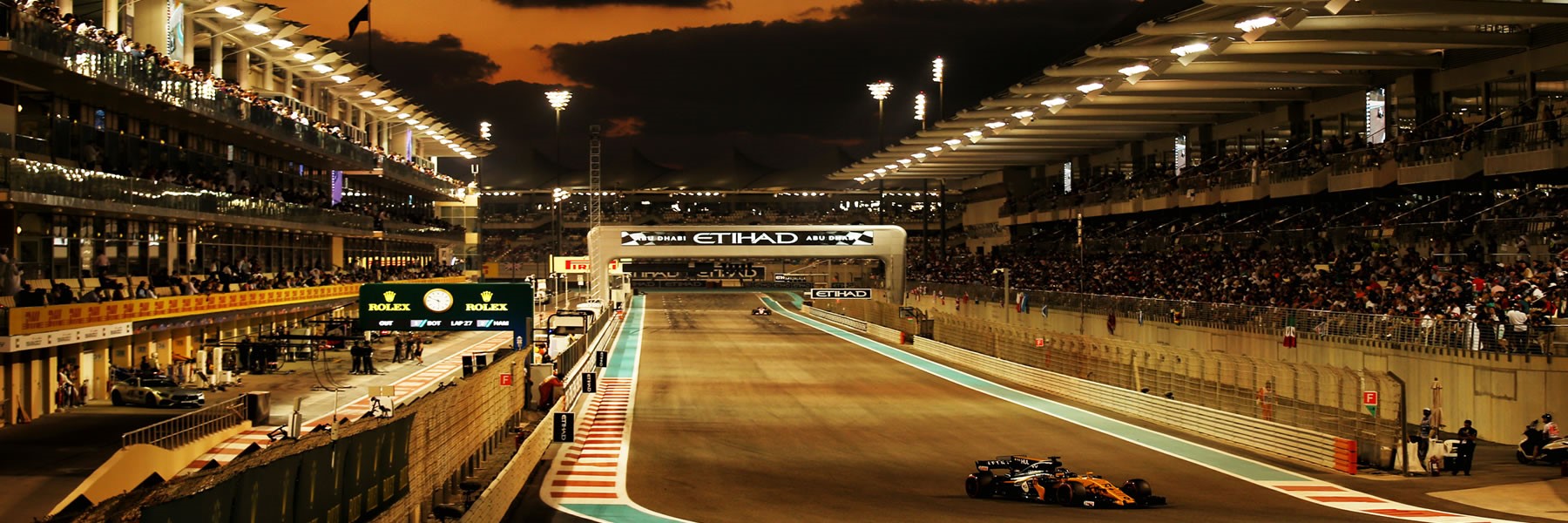
The Yas Marina Circuit is the venue for the Abu Dhabi Grand Prix. The circuit is situated on Yas Island, a headland that was cut off from the mainland by a canal, located about 30 minutes east of the capital of the UAE, Abu Dhabi. Yas Marina was the second of four Formula One tracks in the Middle East, with the first being in Bahrain and subsequent tracks in Qatar and Saudi Arabia.
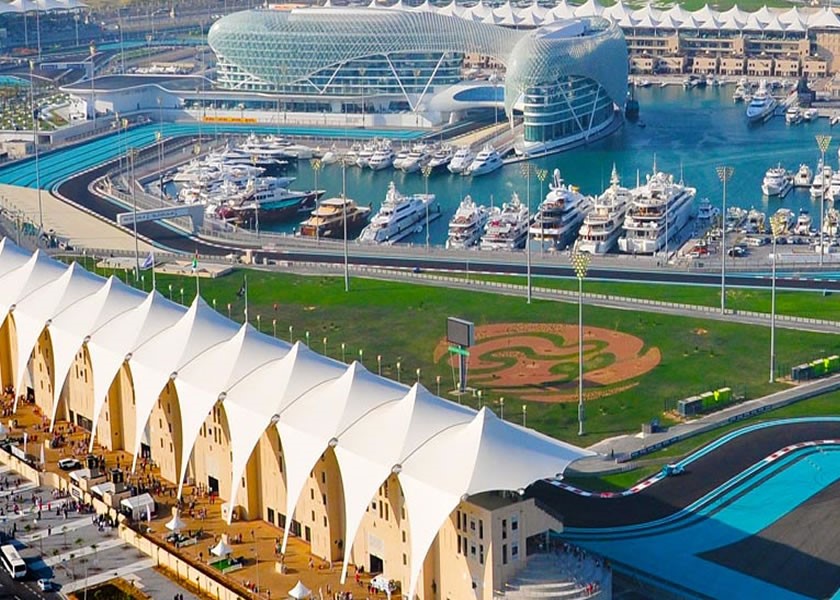
In 2006, plans were announced to develop Yas Island into a new tourist destination, with a major part of the plans centring around a 5.5 km race track. The diggers rolled into what would become the Yas Marina Circuit in May 2007, with the project completed by October 2009.
The circuit has sixteen corners and several straights and passes by the marina and through the Yas Hotel Abu Dhabi, designed by New York-based architects Hani Rashid and Lise Anne Couture of Asymptote Architecture with a facade lighting design by Rogier van der Heide.
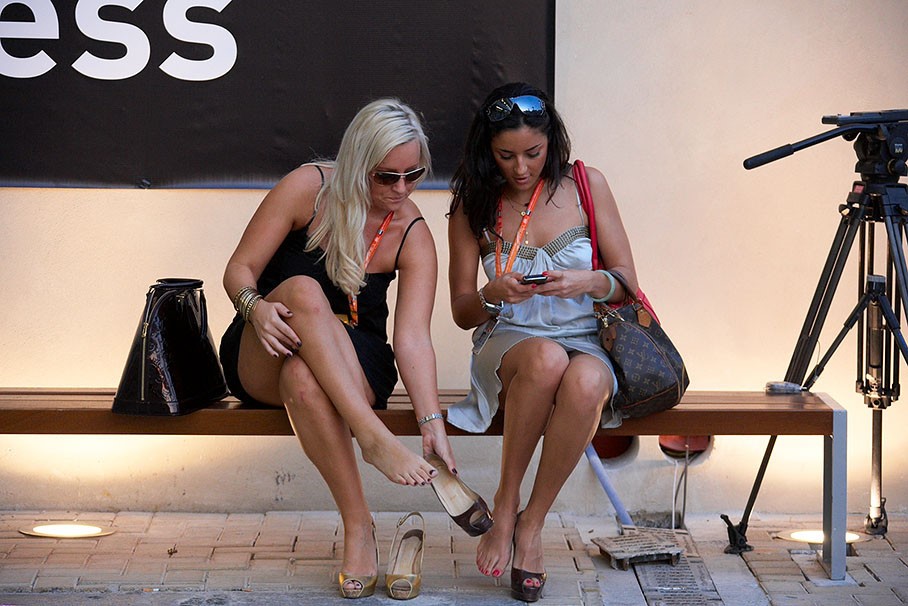
Two pretty visitors take a break and exchange their shoes at Abu Dhabi in 2009. Photo by Rainer Schlegelmilch.
The marina-based development includes a theme park, a water park, as well as residential areas, hotels and beaches.
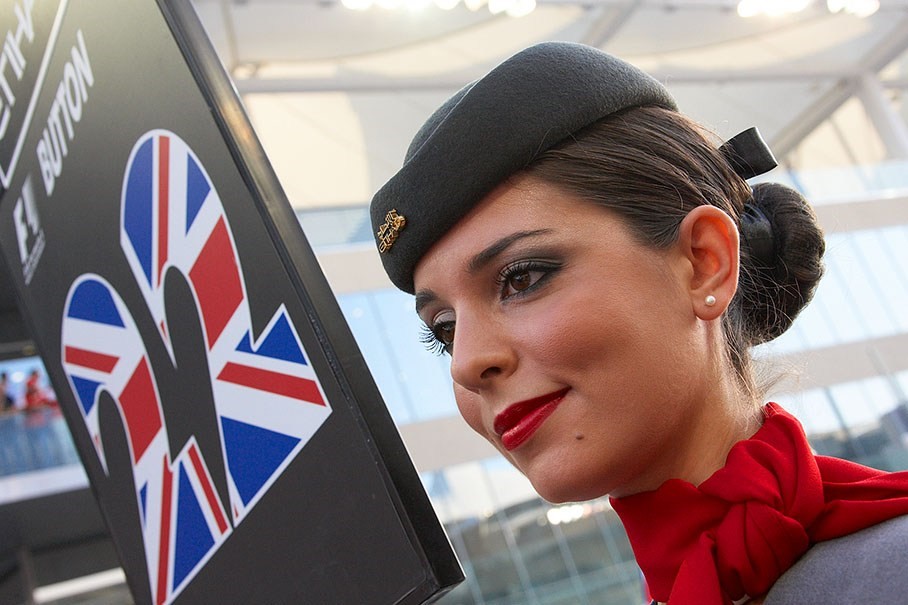
An Etihad Airways stewardess holds Button's number board at Abu Dhabi in 2009. Photo by Rainer Schlegelmilch.
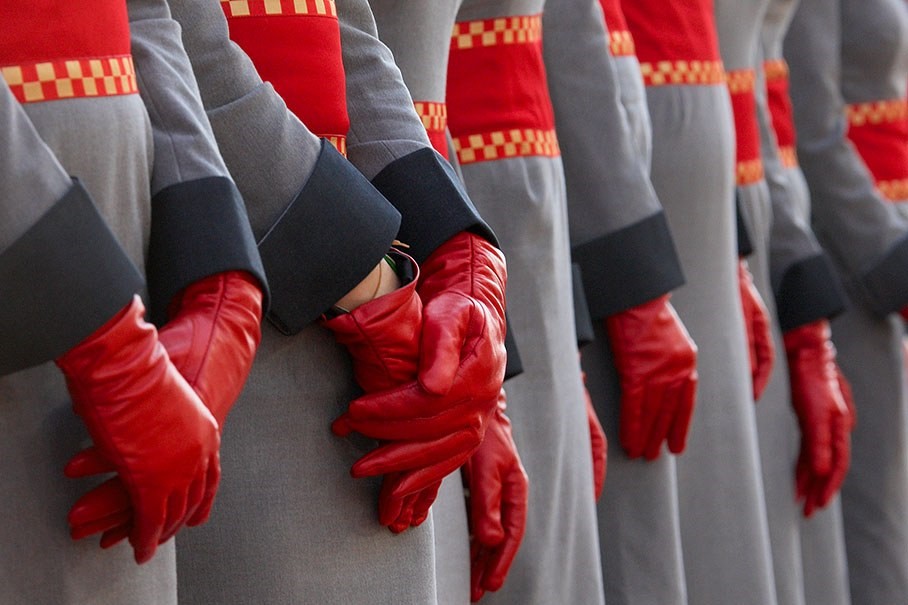
Etihad Airways stewardesses' leather gloves at Abu Dhabi in 2009. Photo by Rainer Schlegelmilch.
The circuit has five grandstand areas (Main Grandstand, West Grandstand, North Grandstand, South Grandstand and Marina Grandstand) and part of its pit lane exit runs underneath the track. It also houses a team building behind the pit building, Media Center, Dragster Track and VIP Tower. Additionally, one of the run-off areas runs underneath the West grandstand.
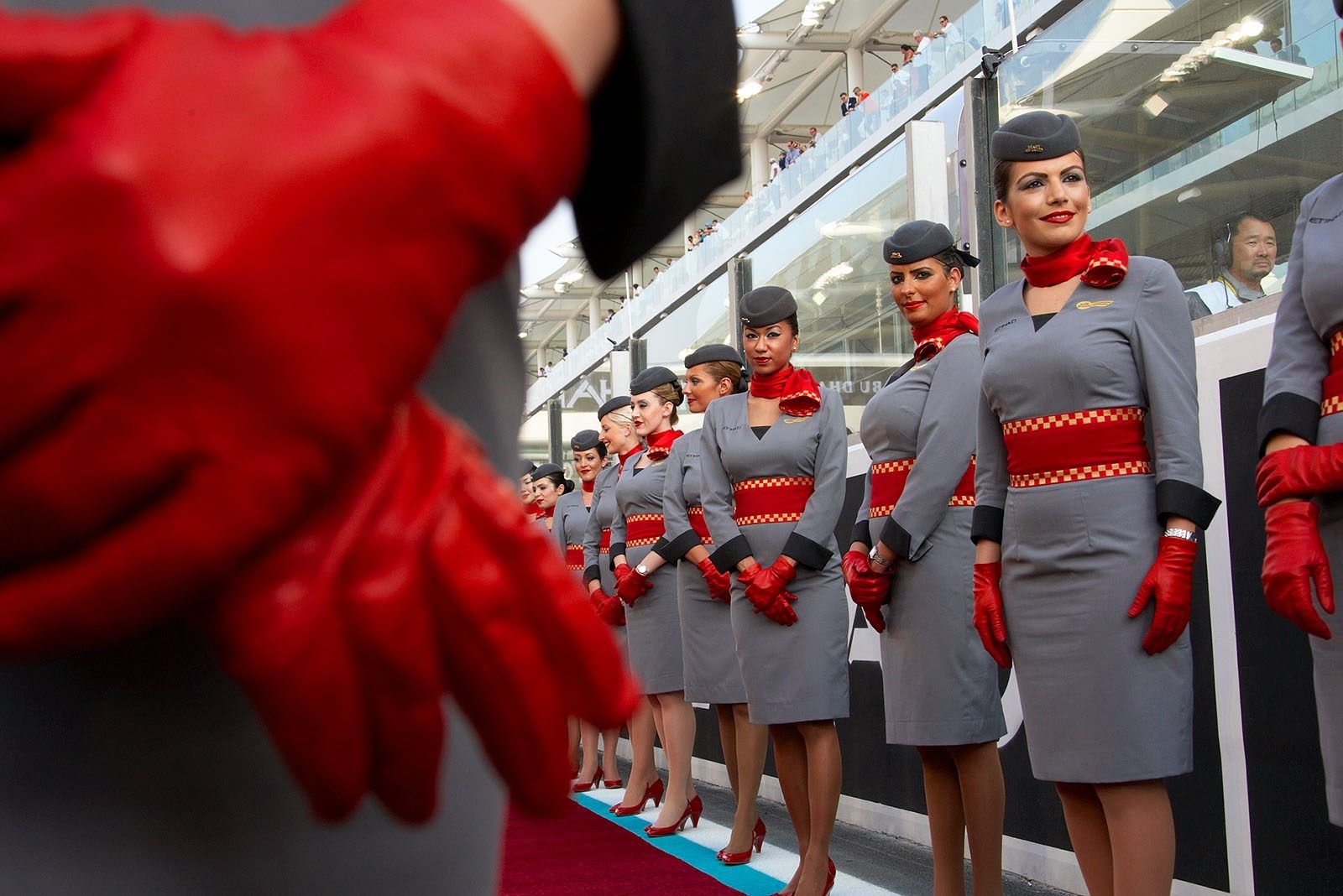
Girls at Abu Dhabi in 2010. Photo by Rainer Schlegelmilch.
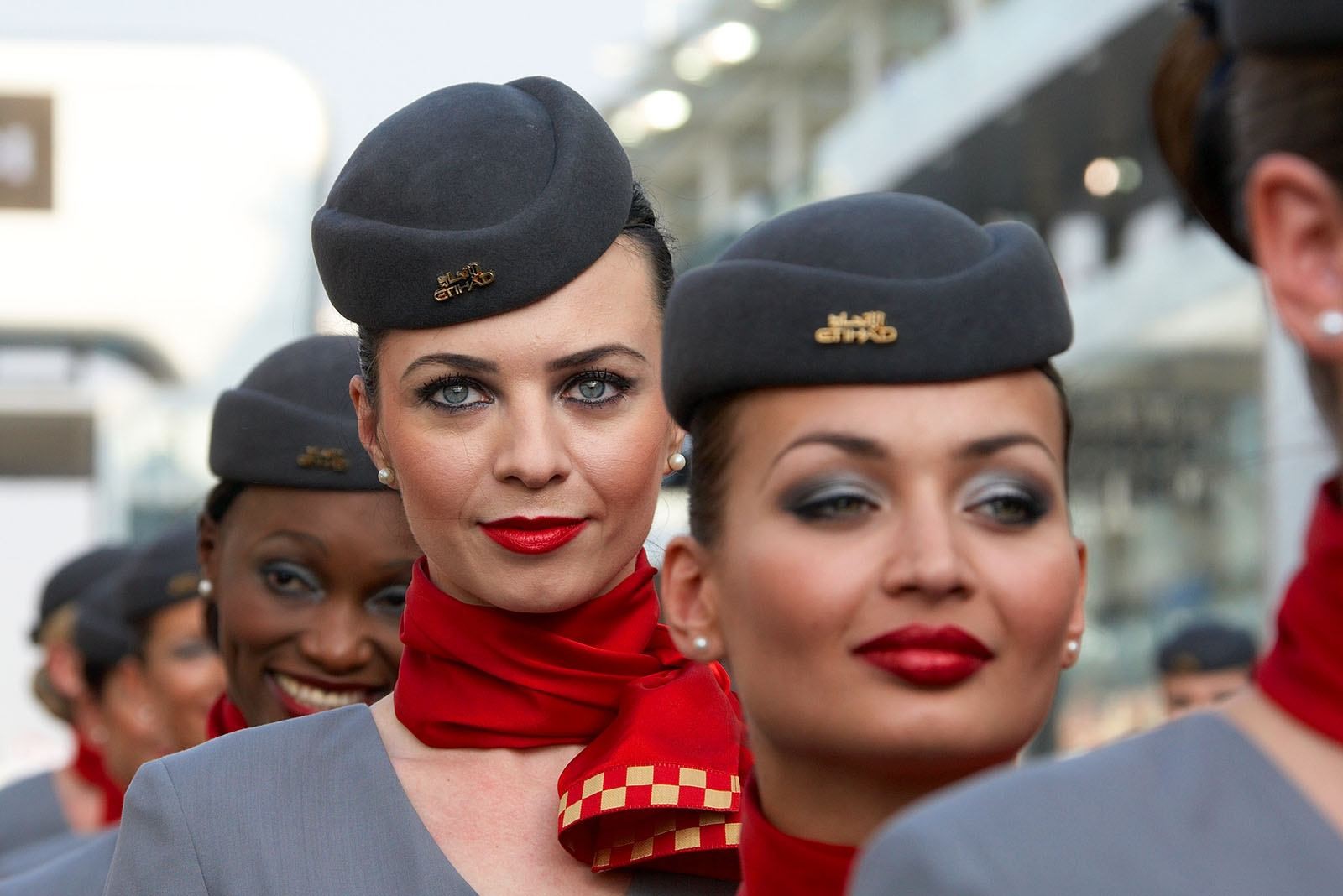
Girls at Abu Dhabi in 2010. Photo by Rainer Schlegelmilch.
The current turns 4 5, and 6 are to be redesigned along with turns 11, 12 and 13, also being reconfigured, ready for the 2021 Abu Dhabi Grand Prix.
-
Seating Capacity – 60.000
-
Area – 161.9 ha (400 acres)
-
Length – 5.281 km (3.281 mi)
-
Longest straight – 1.14 km (0.71 mi)
-
Elevation change – 10.7 m (35 ft)
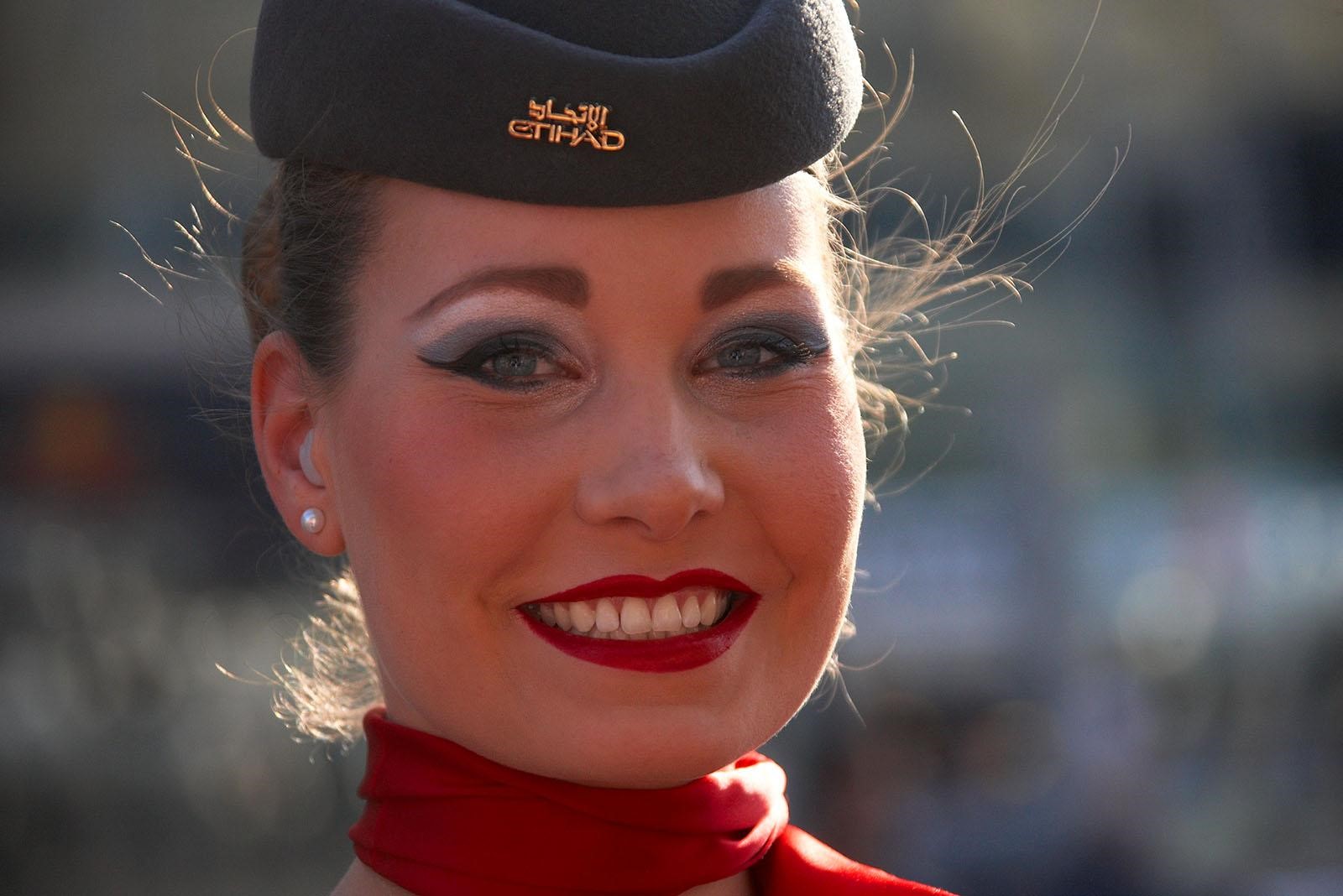
A perfectly made up stewardess of the main sponsor Etihad Airlines at Abu Dhabi in 2011. Photo by Rainer Schlegelmilch.
The track is dominated by its 1.2 km straight between turns 5 and 6 which, with slow-speed corners marking its beginning and end, makes it a honeypot for overtaking moves. Other highlights include the tricky run through turns 10 and 11 into 12, which forces the drivers to brake hard with bags of lateral load still on the car. Track modifications ahead of the 2021 race, shortening the lap slightly to 5.28 km, have only added to its excitement.
The circuit was constructed with a permanent lighting system provided by Musco Lighting, similar to that also installed at the Losail Circuit in Qatar. Yas Marina Circuit is the largest permanent sports venue lighting project in the world; previously that title was held by Losail.
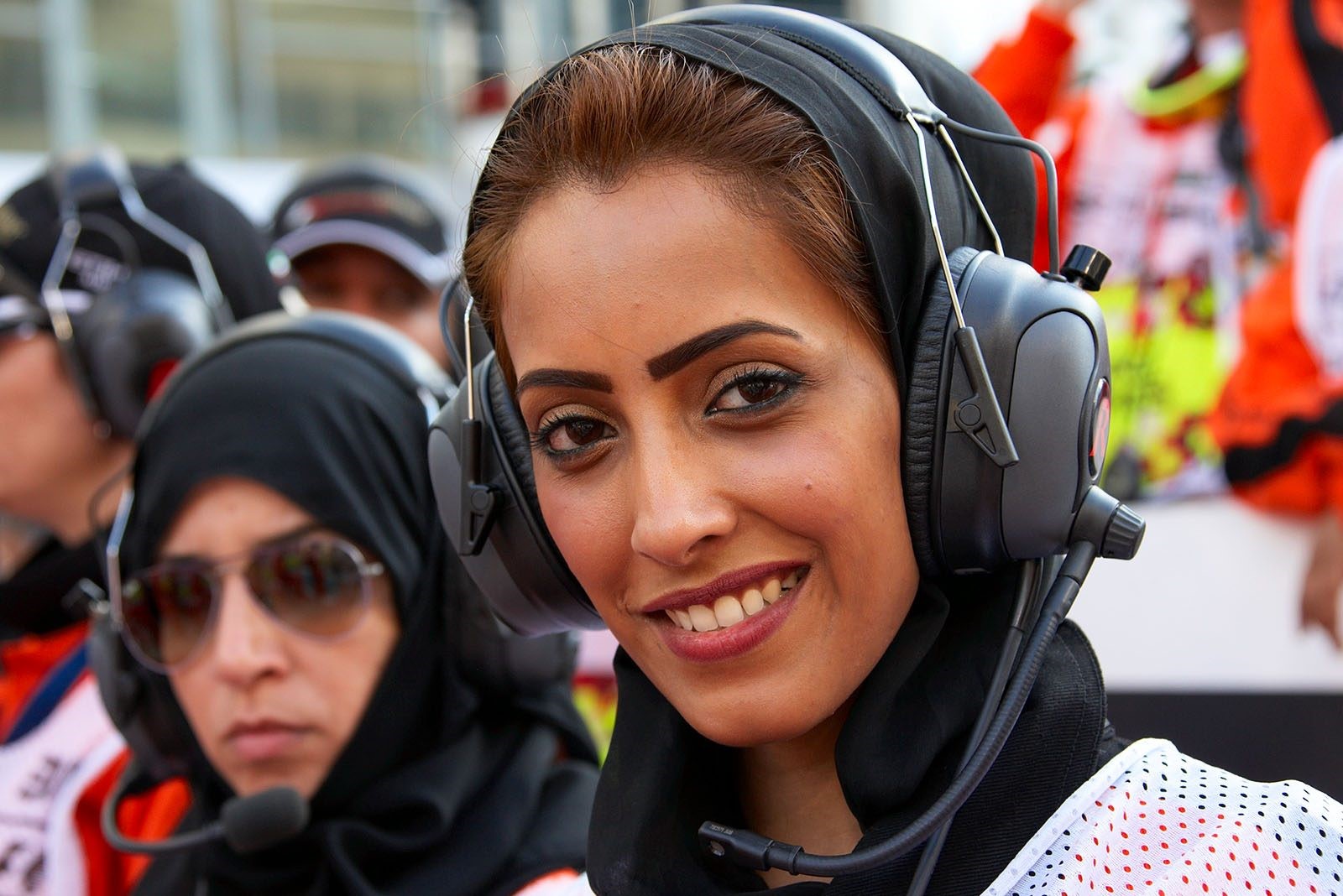
A pit lane marshal of Abu Dhabi in 2012. Photo by Rainer Schlegelmilch.
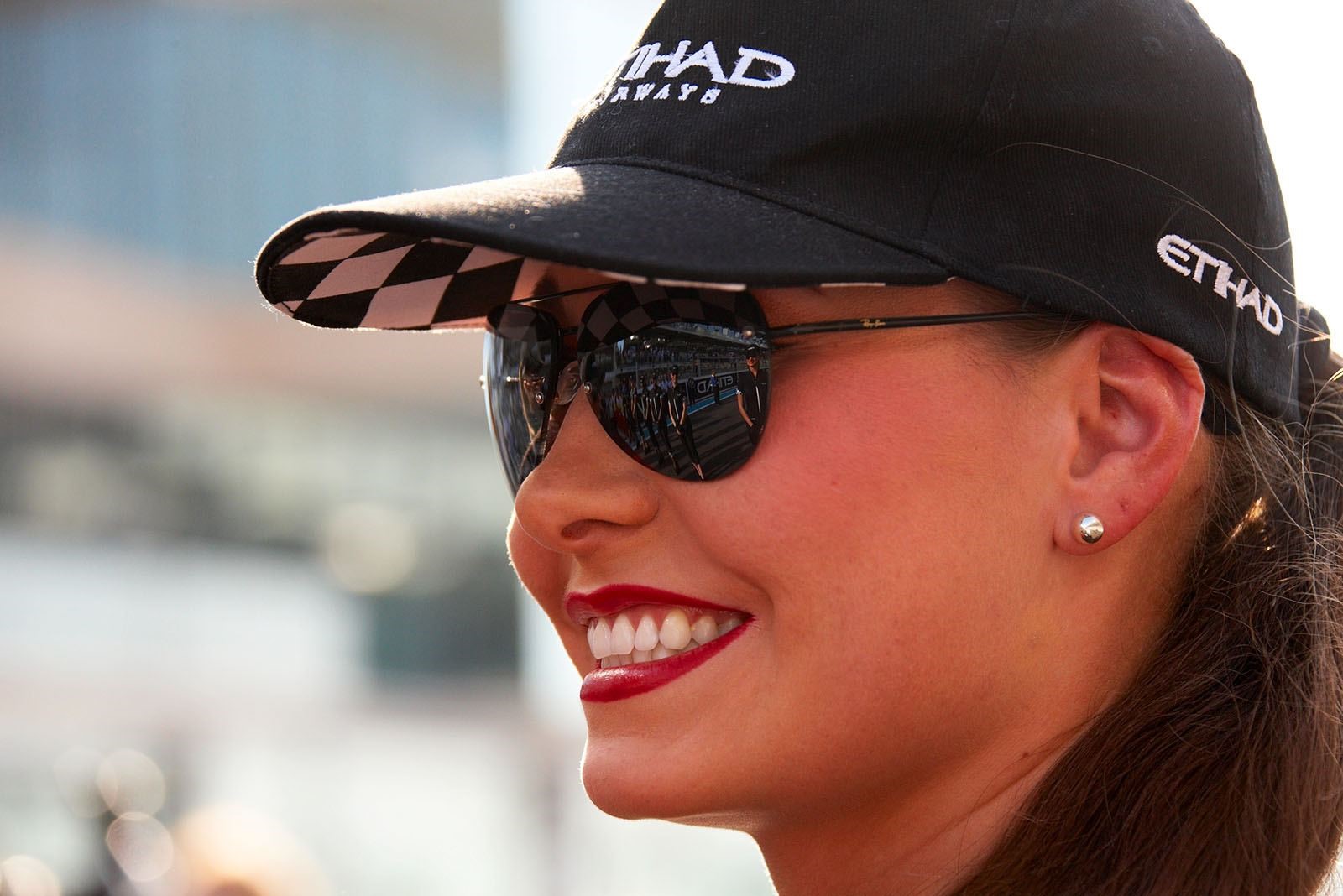
One more grid girl at Abu Dhabi in 2012. Photo by Rainer Schlegelmilch.
The surface of the track is made of greywacke aggregate. This material is highly acclaimed by circuit bosses and Formula One drivers for the high level of grip it offers, though at the expense of a higher rate of tyre wear. The same aggregate material is used at the Bahrain International Circuit for the Bahrain Grand Prix.
On 7 October 2009, the circuit was granted final approval to hold Formula One races by the FIA. Bruno Senna was the first driver to complete a test run on the circuit.
After the first practice sessions, at the 2009 Abu Dhabi Grand Prix, the circuit was welcomed by the drivers, with Nico Rosberg commenting that every corner was 'unique', while double World Champion Fernando Alonso echoed his sentiments, stating that it was enjoyable because there was always something to do. Force India's Adrian Sutil rated the circuit as being better than Formula One's other night race in Singapore as he felt there was too much light at Marina Bay.
Not all of the drivers were complimentary, with Giancarlo Fisichella expressing a particular dislike of the pit exit, which dips under the main circuit by way of a tunnel. Although the pit exit remained free of incidents for the early practice sessions, Fisichella claimed that it was both very difficult and dangerous. Kimi Räikkönen notoriously gave his thoughts on the circuit, stating "the first few turns are quite good, but the rest of it is shit".
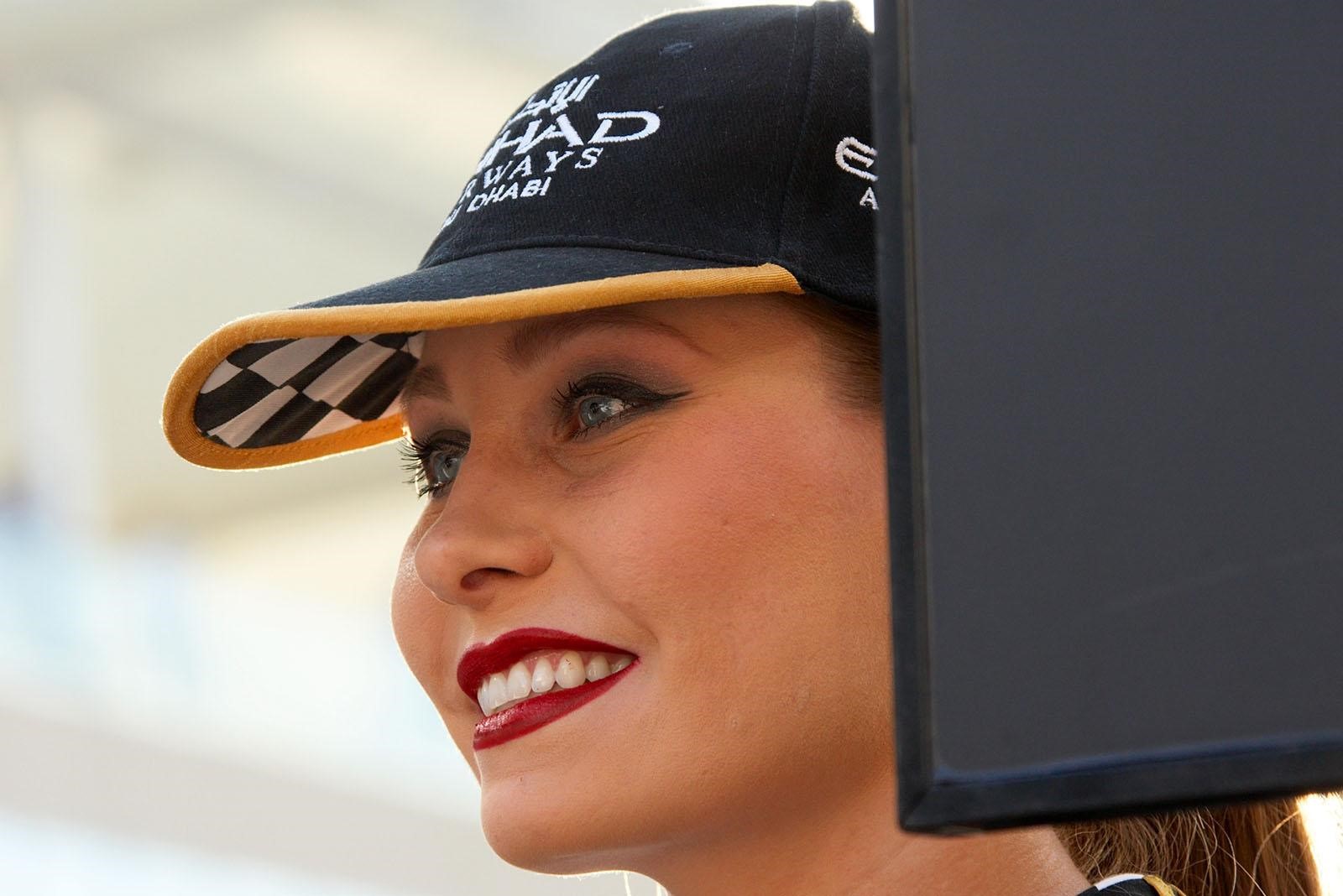
One of Etihad Airways grid girls at Abu Dhabi in 2013. Photo by Rainer Schlegelmilch.
After the 2017 Abu Dhabi Grand Prix, the designer Hermann Tilke said that they were considering making changes to the track to present more overtaking opportunities. BBC Sport's Andrew Benson called the racing in the 2020 event "dreary" with Matt Beer of The Race naming the track layout as one of 6 reasons why the races in Abu Dhabi "consistently disappoint". Drivers such as Daniel Ricciardo have also added their support for track changes.
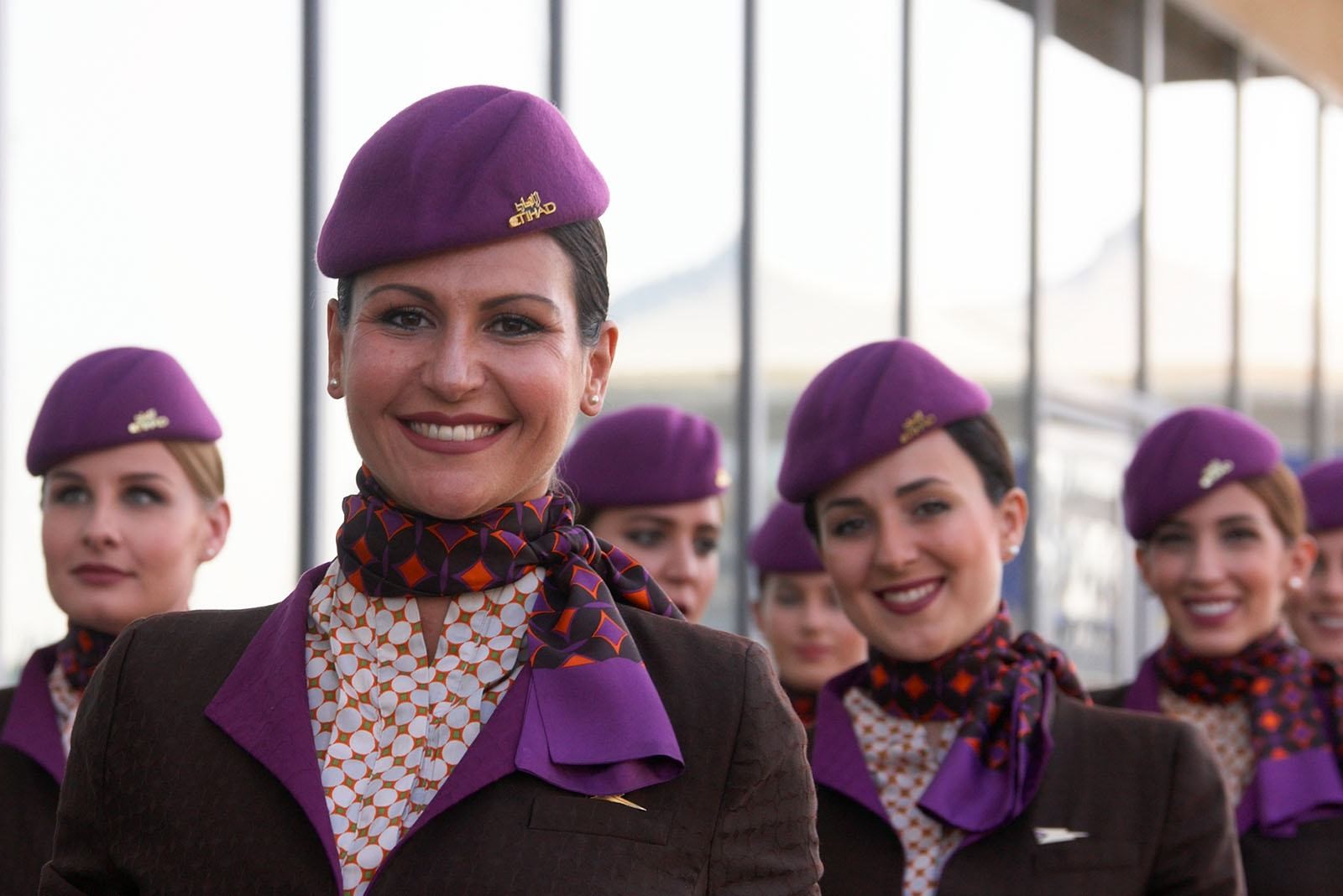
Cabin attendants of the UAE airline Etihad, Abu Dhabi Grand Prix, 2016. Photo by Rainer Schlegelmilch.
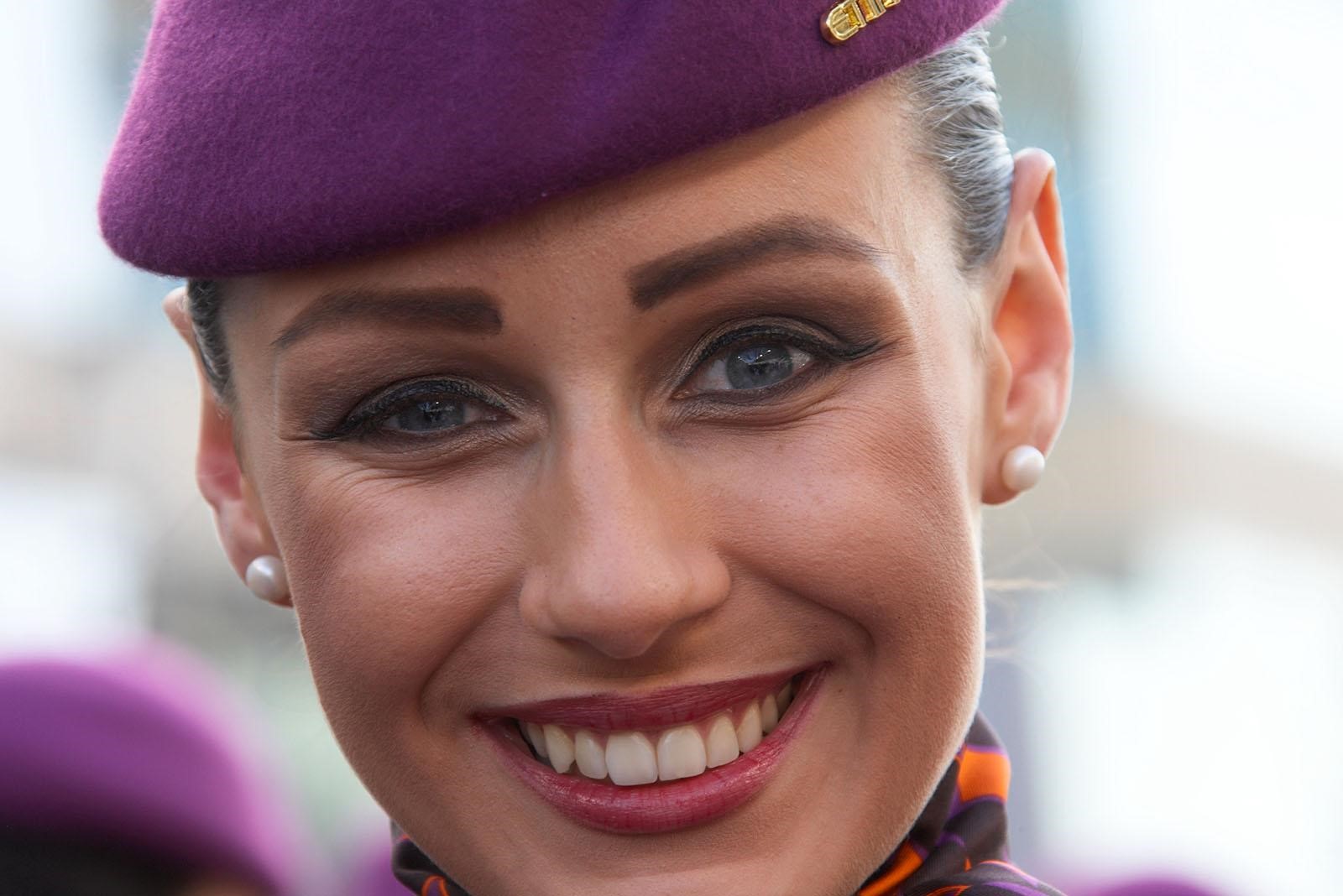
Etihad Airways stewardess on the grid, Abu Dhabi Grand Prix, 2016. Photo by Rainer Schlegelmilch.
In June 2021, Saif Al Noaimi, acting CEO Abu Dhabi Motorsports Management, said modifications to the track's layout had been approved, with the modifications completed in time for the 2021 Abu Dhabi Grand Prix. Turns 4, 5 and 6 were replaced by a single, less severe hairpin, turns 11 through 14 were replaced by a sweeping banked curve and turns 18 through 20 were made less tight to allow more speed to be carried through them.
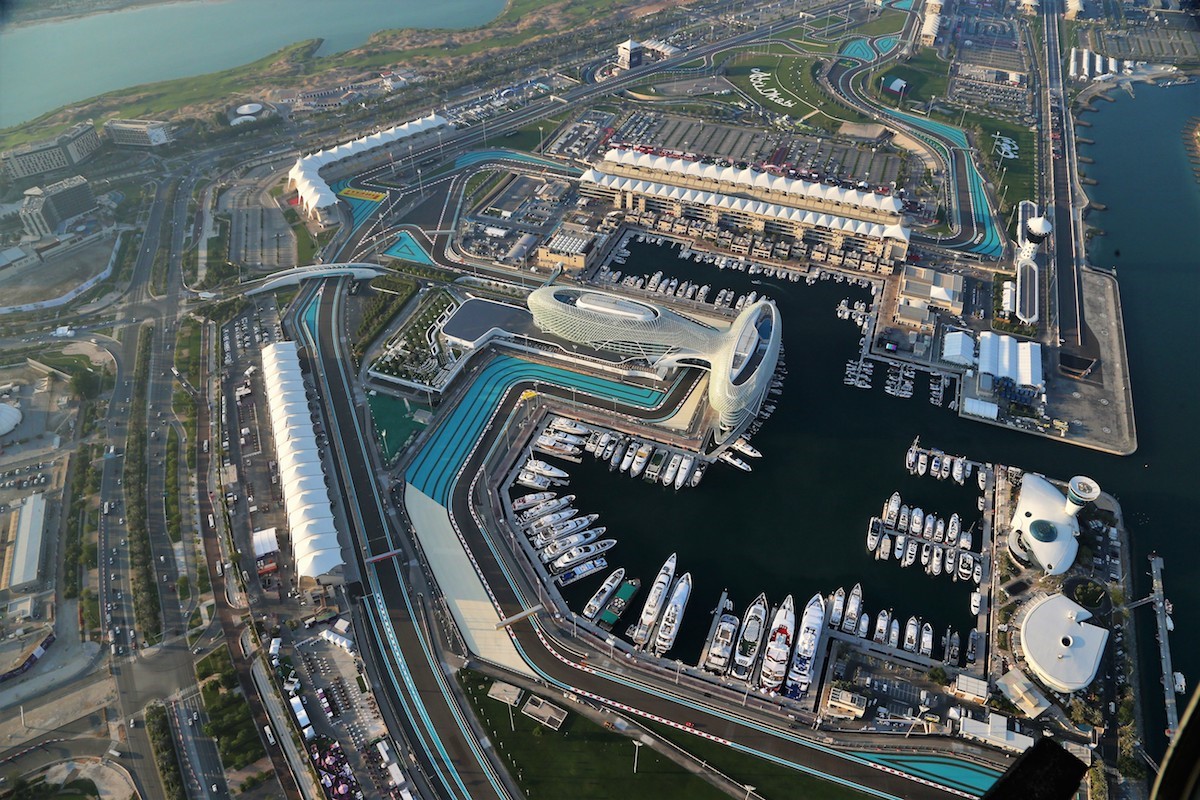
Yas Island was a blank canvas for developers to turn into a tourist attraction and, 11 years and $ 40 billion later, they’ve nearly finished doing just that.
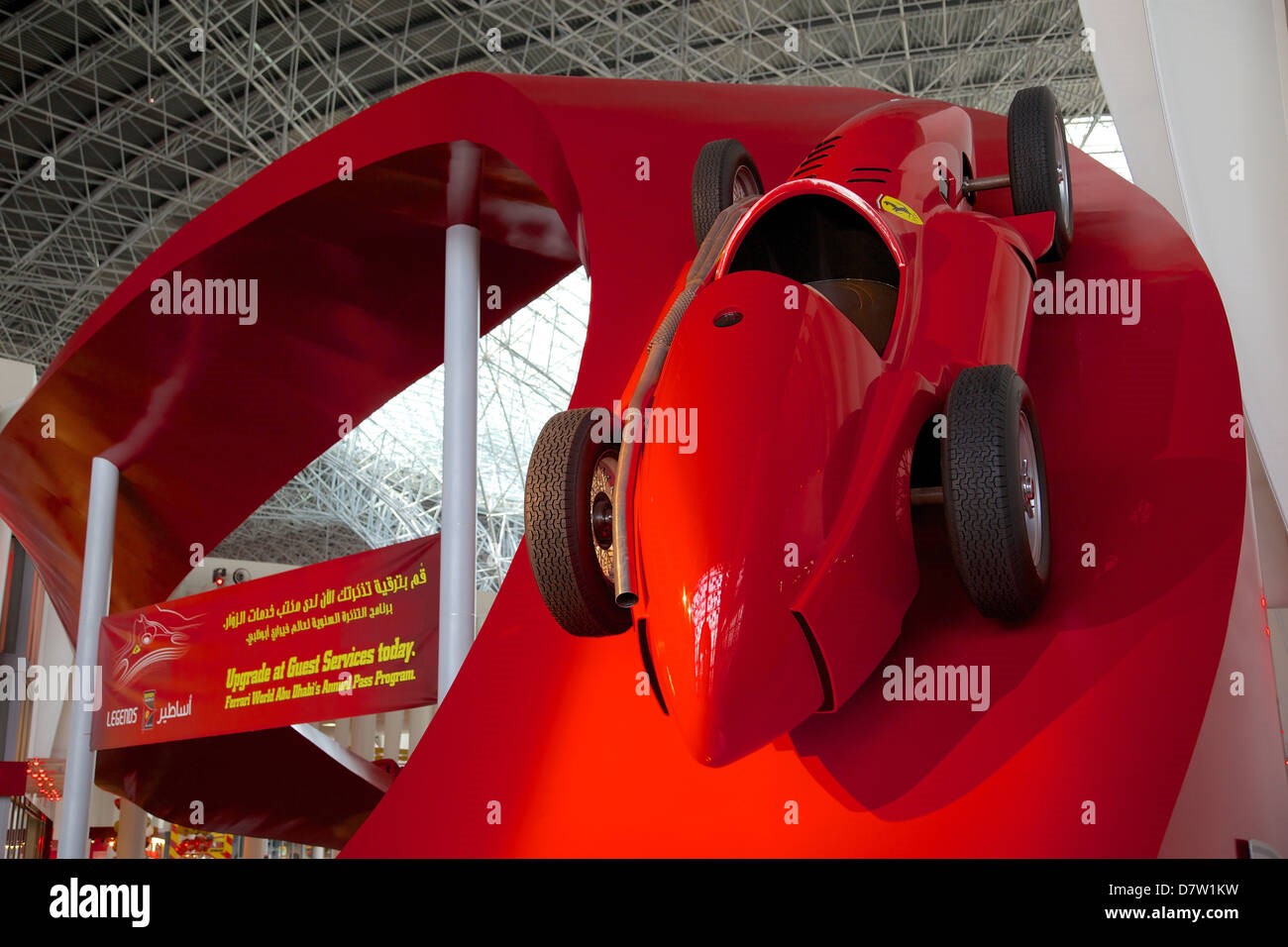
F1 racing car, Ferrari World, Yas Island, Abu Dhabi, United Arab Emirates, Middle East.
Seven hotels, Ferrari’s indoor theme park, a mall, a water park, a golf course, a beach, a concert arena and a nightclub, all framed by perfect Emirati weather.
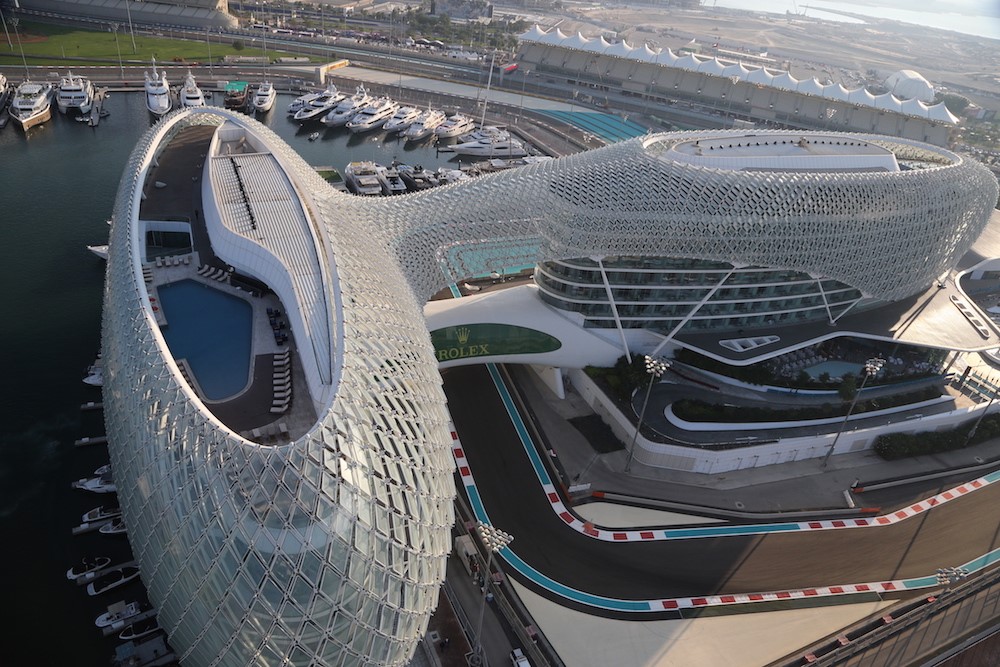
Put yourself in the heart of the action with a room at the only hotel on the Formula 1 calendar located inside the circuit, the incredible 5-star W Abu Dhabi Yas Island Hotel.
Assuming you can’t get a room with a trackside view in the spectacular whale-shaped Yas Hotel – or a berth in a boat’s cabin in the marina – opt for a spot in the West Grandstand, a great place to watch all the overtaking action into turn 6. Or, if you’re more there for the atmosphere, stick yourself in the Main Grandstand overlooking the start-finish straight and enjoy Abu Dhabi’s famed pyrotechnics. It might be worth trying to get a seat high up in whatever grandstand you choose, though, if you’re looking to keep out of the sun.
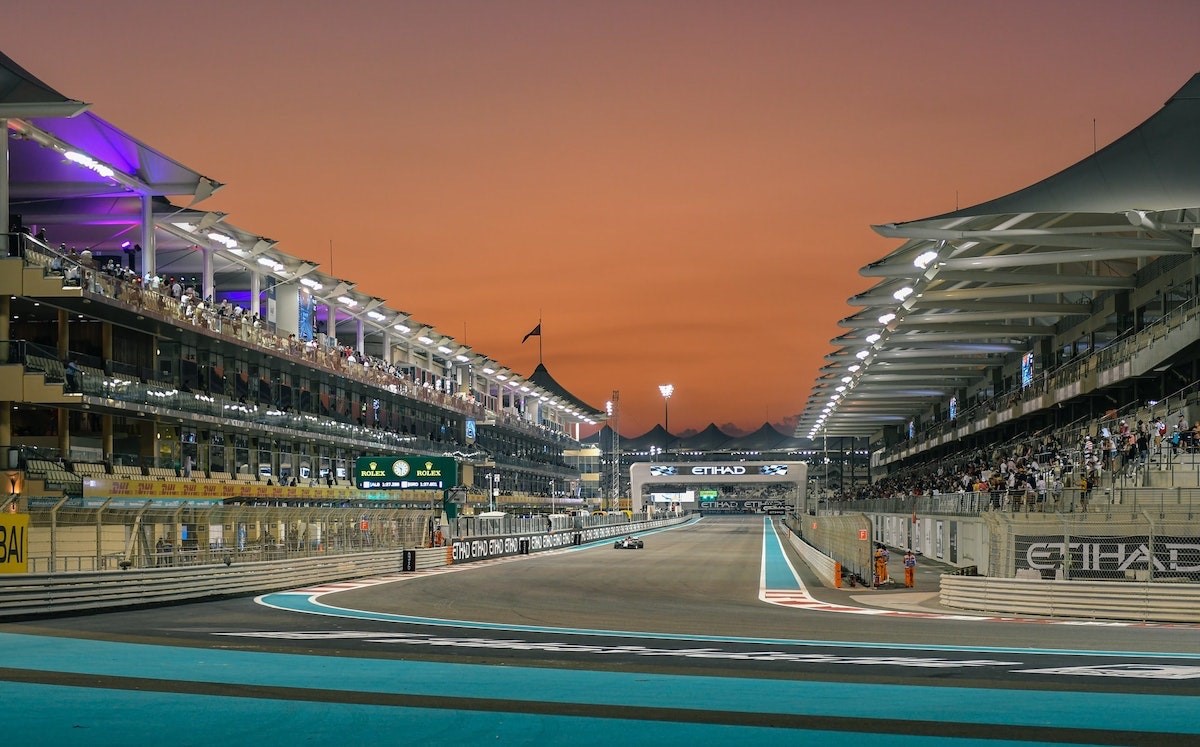
“Abu Dhabi has always been a pretty good track for me and I enjoy going there. I’m yet to get an Abu Dhabi podium, but that would be a pretty awesome way to end my stint with Red Bull and to end the season. Having a twilight race is always cool, the weather is good, so there’s not much not to like about the place. I love the third sector, it’s my favourite part of the track for sure, through the hotel and all that is good fun.” Daniel Ricciardo in 2018

Abu Dhabi atmosphere, a Mosque. 10.12.2021. Copyright: Moy / XPB Images.
“Apart from being the last race of the year, Abu Dhabi is always a special one due to the atmosphere. The crowds are big and noisy and being a sunset race adds to the unique feeling. After a busy few races I think everyone looks forward to getting to Abu Dhabi. The nice weather and a more relaxed feel in the paddock means everyone is smiling.

The track itself is fun to drive, passing the yachts in the final sector has a similar feel to Monaco, but it's not as tight. There are some long straights that do not really play to our strong points but we will try to make up for this in the twisty sectors. Once the race is done the team can relax a bit and have some well-earned downtime. We of course have testing shortly after but I will definitely try to chill out and get some sun on the Monday.” Max Verstappen in 2018
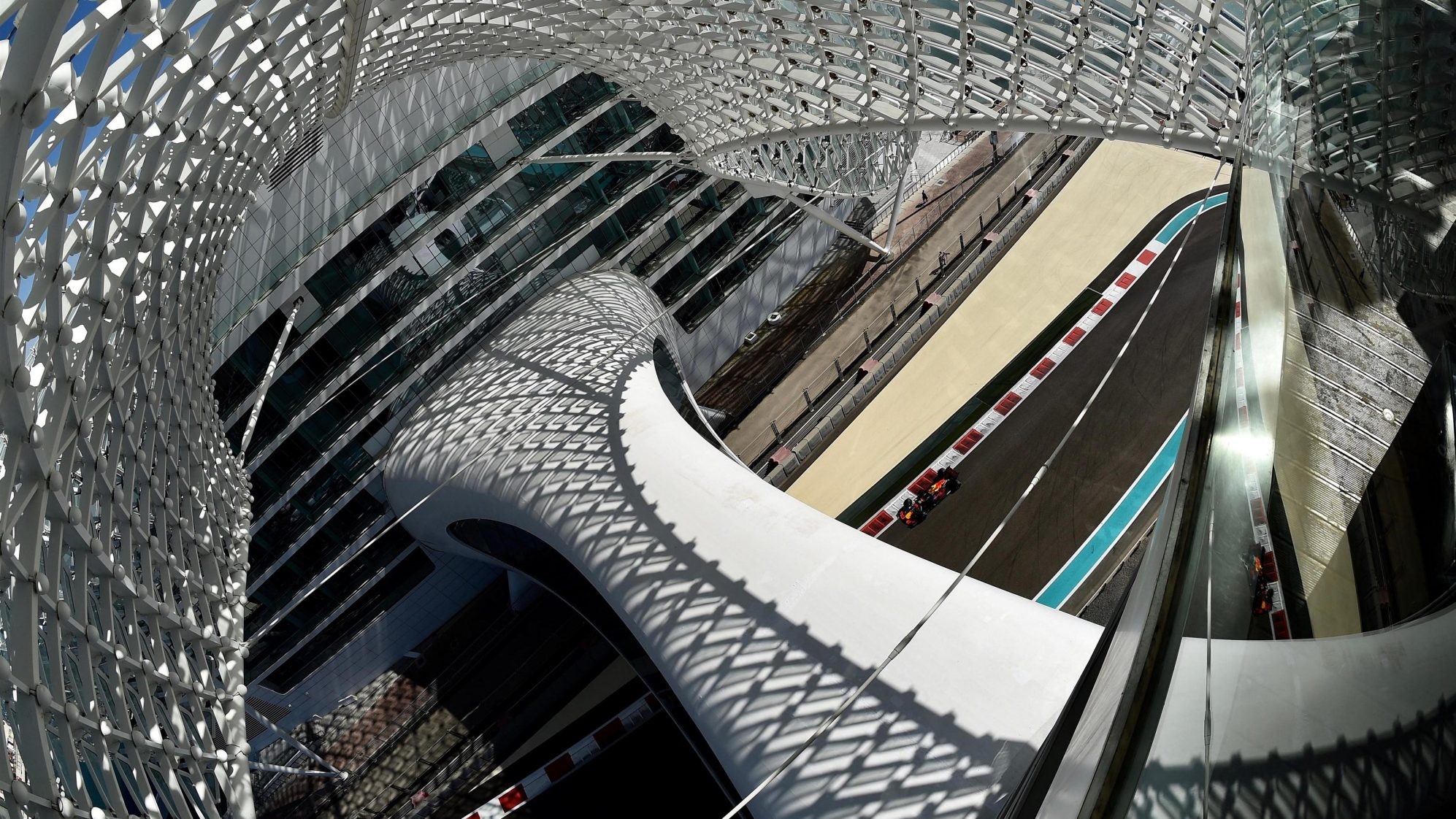
“I enjoy the Abu Dhabi race. You drive into the sunset and, when all the lights come on, it looks really cool. It’s a track that is very hard on the brakes, with a lot of emphasis on traction out of some slow corners. You need a very stable car at the rear to make the most of those braking areas.
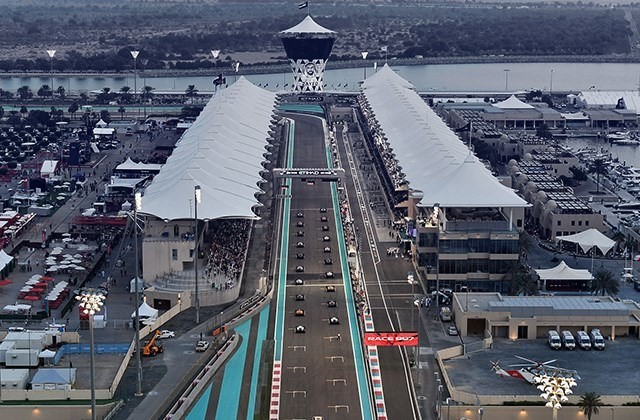
There are some unusual corner combinations that are interesting in the car and there are overtaking chances at the end of both long straights, so you often find yourself either attacking or defending, especially towards the end of the race. Sergio Perez in 2018
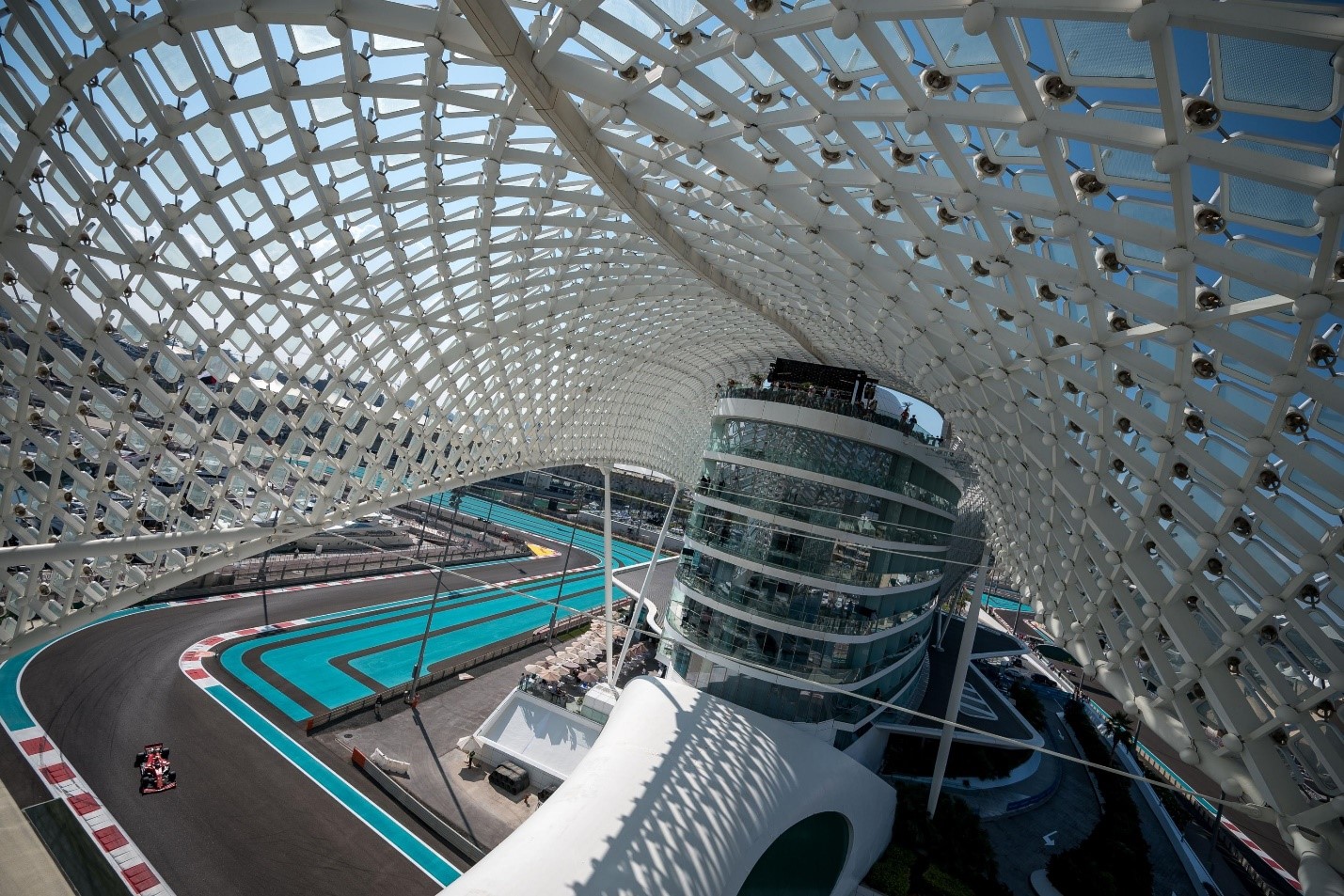
Charles Leclerc, Ferrari, at Abu Dhabi in 2019.
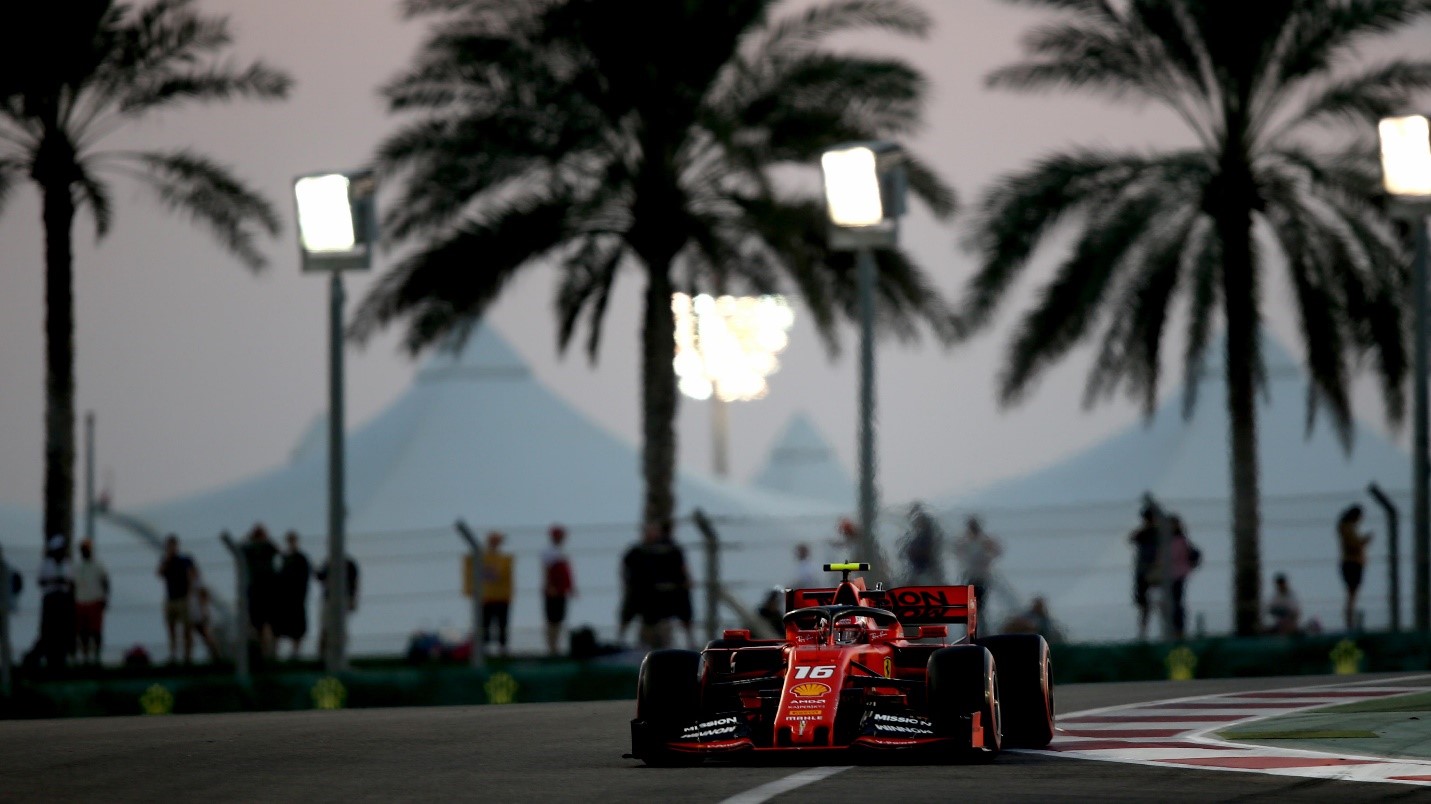
Charles Leclerc, Ferrari, at Abu Dhabi in 2019.
“I am looking forward to going to Abu Dhabi. I know the circuit and enjoy driving there. It is the last race of the season and the ambience is always great. I also like the city very much – it is one of my favourite destinations on the calendar. The track is quite technical and hopefully we will be as competitive as we have been in the past few races.” Charles Leclerc in 2018
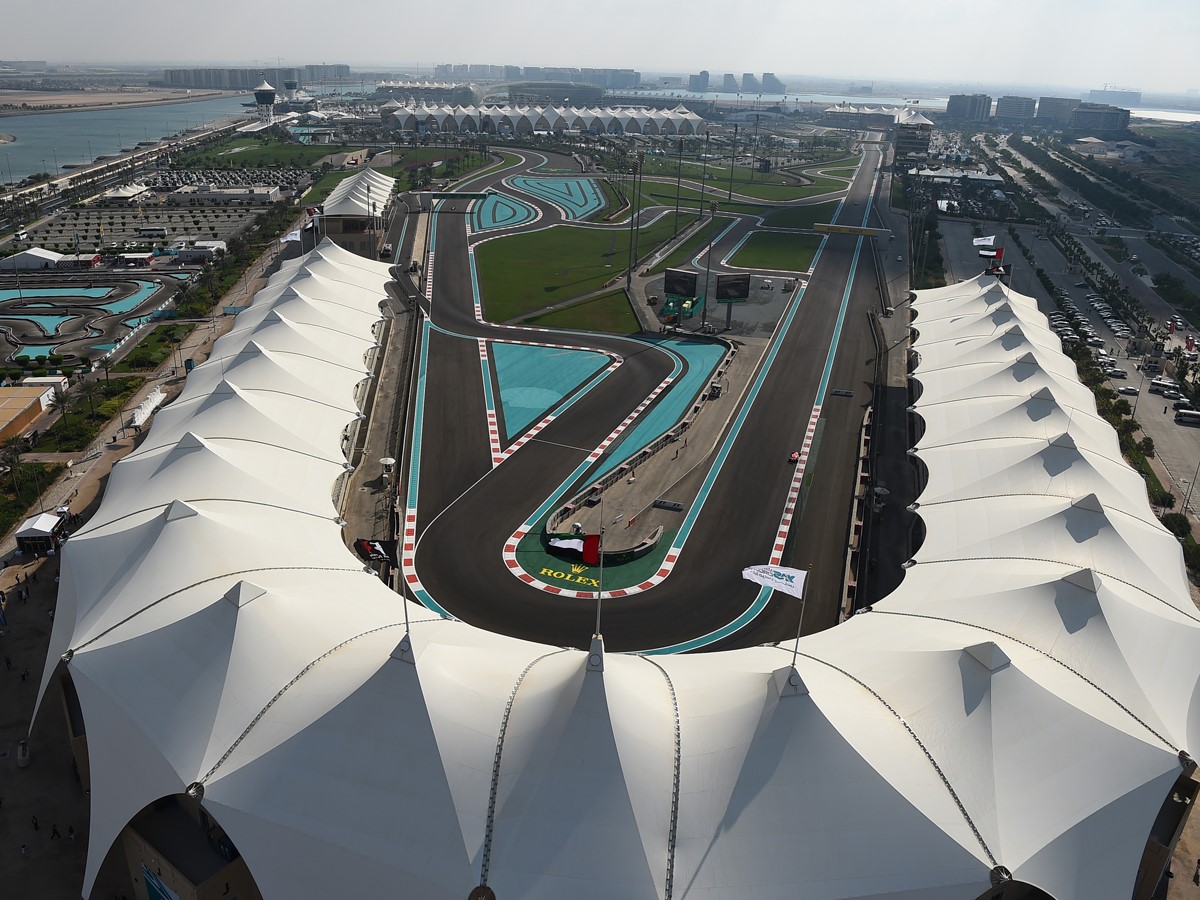
“Abu Dhabi is a fantastic location for Formula One, with a great party atmosphere in and around the paddock to end a long season. The Yas Marina Circuit is also impressive and, with both qualifying and the race happening at twilight, it has an extra special feel. The circuit rewards all-round car performance and has a number of signature features, including a pitlane that emerges from under the track. It is a fitting place for the championship’s curtain closer and we look forward to putting on a good show for one final time this year.” Paddy Lowe, Chief Technical Officer, in 2018
Saudi Arabia
The Saudi Arabian Grand Prix was a sun-soaked festival of Formula 1, located on an idyllic stretch of the Kingdom’s coastline.
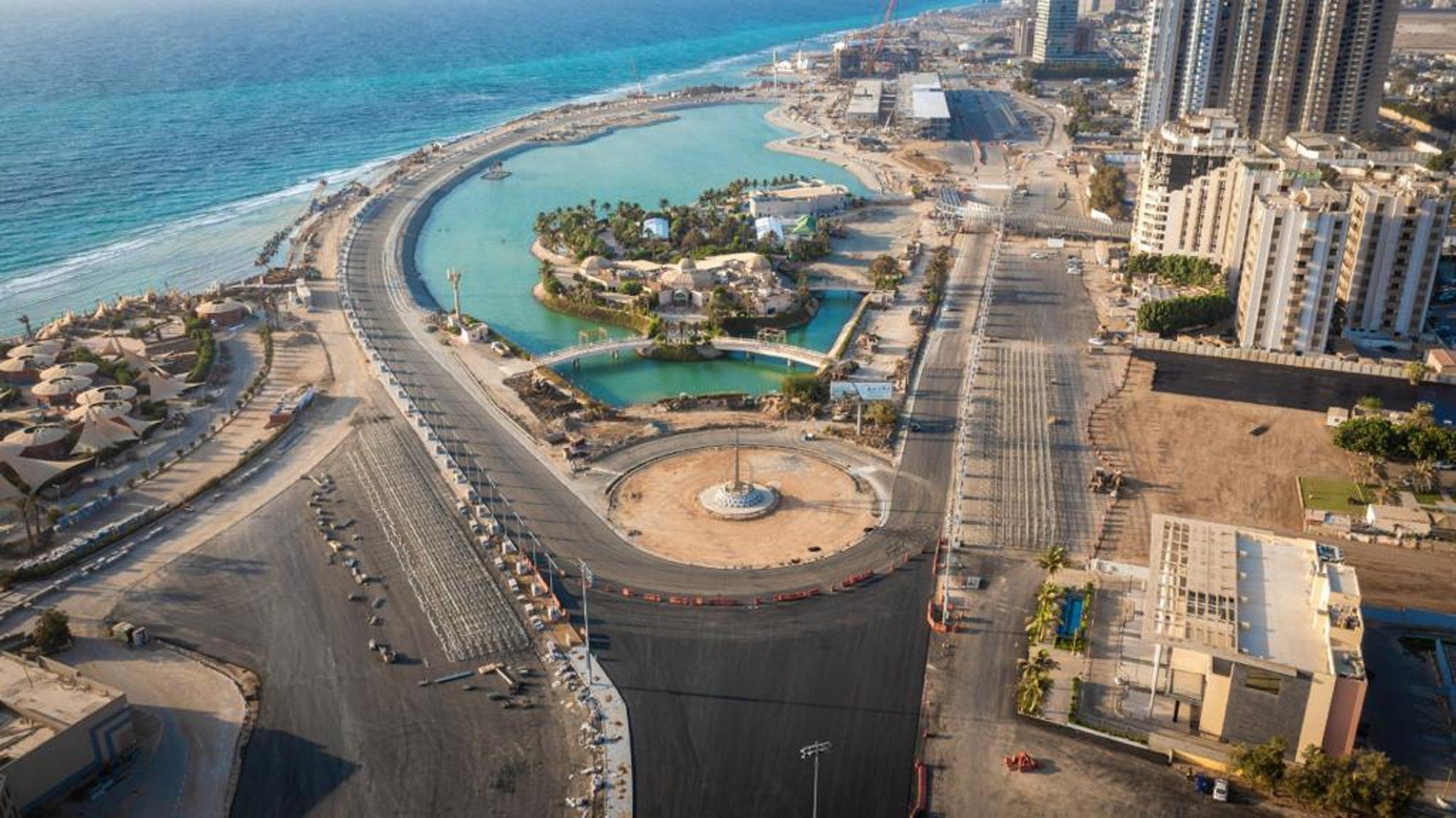
An aerial image of the circuit under construction.
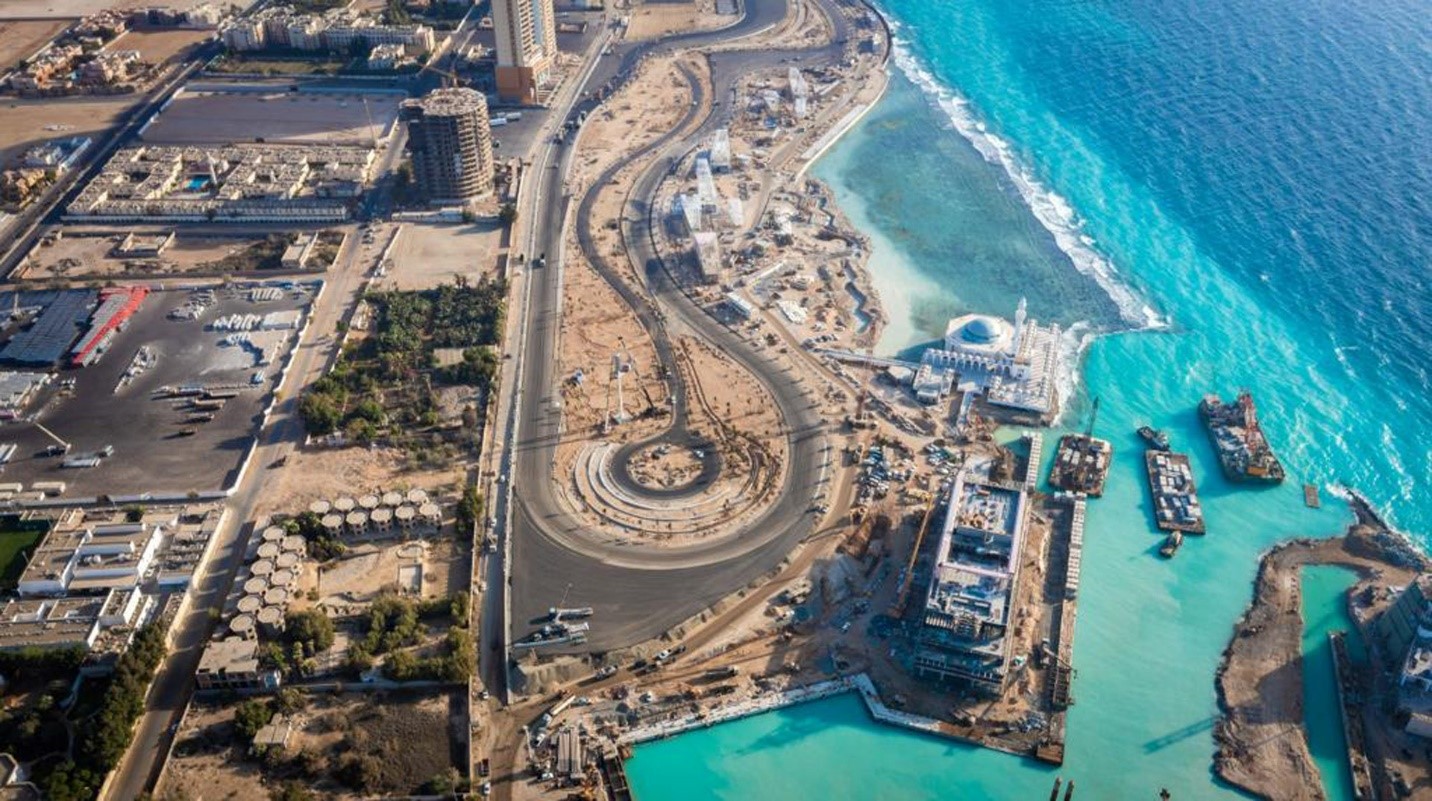
The on-track action was stunning, as the drivers got to grips with this rapid street track, while Jeddah itself became alive as the city prepared to host F1 for the very first time.
The Saudi Arabian Grand Prix took place for the first time in 2021. The inaugural edition of the race was held in Jeddah on 5 December 2021, as the penultimate race on the 2021 Formula One season calendar. It was the fifth full-night race title on the Formula One calendar, following the Singapore, Bahrain, Abu Dhabi and Qatar Grands Prix.
In August 2019, plans for a permanent motorsports complex to be built in the city of Qiddiya were made public.
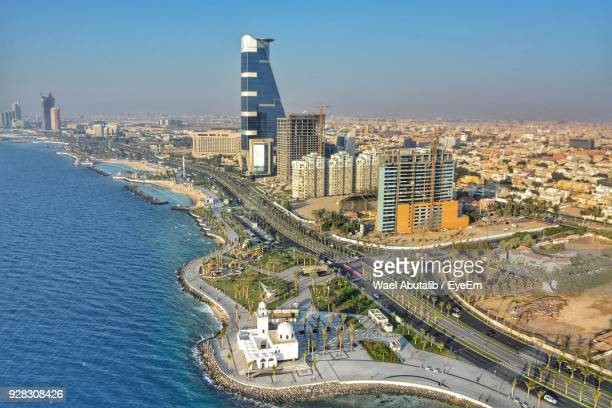
High angle view of cityscape. Photo taken in Jeddah, Saudi Arabia.
Jeddah sits on the west coast of Arabia and for centuries has acted as a gateway for pilgrims travelling to the holy city of Mecca. This rich history is evident when you explore the streets and buildings of Old Jeddah, now protected as a UNESCO World Heritage site. This ancient setting contrasts seamlessly with the luxury hotels, retail malls and new marina which will form part of the extended corniche where the circuit is situated. With outdoor gyms, two-way cycle lanes, beach volleyball and tennis courts, accompanied by coffee shops, restaurants and mosques, the corniche is the focal point for the community. And, with 70 per cent of the population under 30, there is a vibrant atmosphere.
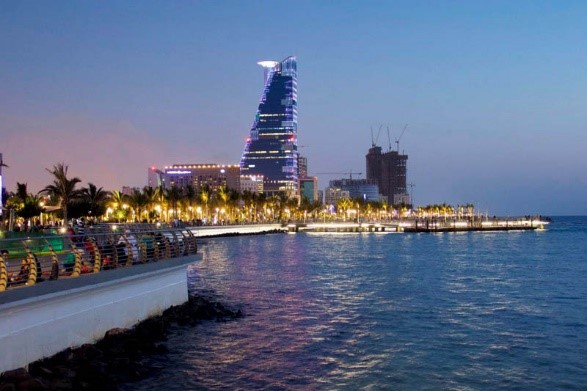
The first-ever Saudi Arabian Grand Prix was an extension of the country’s Vision 2030 policy to modernize society and promote tourism. When it hosted the race on the weekend of December 3-5, it was the largest sporting event the kingdom has ever held.
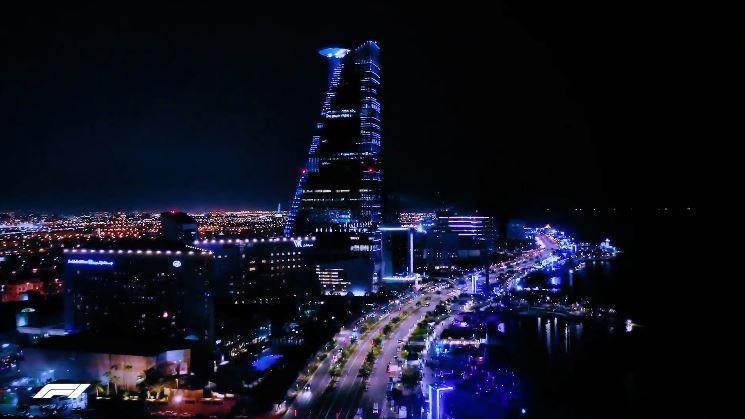
The race along Jeddah Corniche will mark the first F1 world championship to be hosted in the kingdom.
As the 34th country to host a World Championship race, Qatar was the 33rd, it marked a historic moment for both the region and Formula 1. “The people here are amazingly proud of their country and they feel this is a wonderful opportunity to show the rest of the world this is a special place,” said Martin Whitaker, CEO of the Saudi Arabian Grand Prix. “When Formula 1 fans come to Jeddah and enjoy the sunshine, the sea, the food and the great people here, they will leave enriched after their visit.”
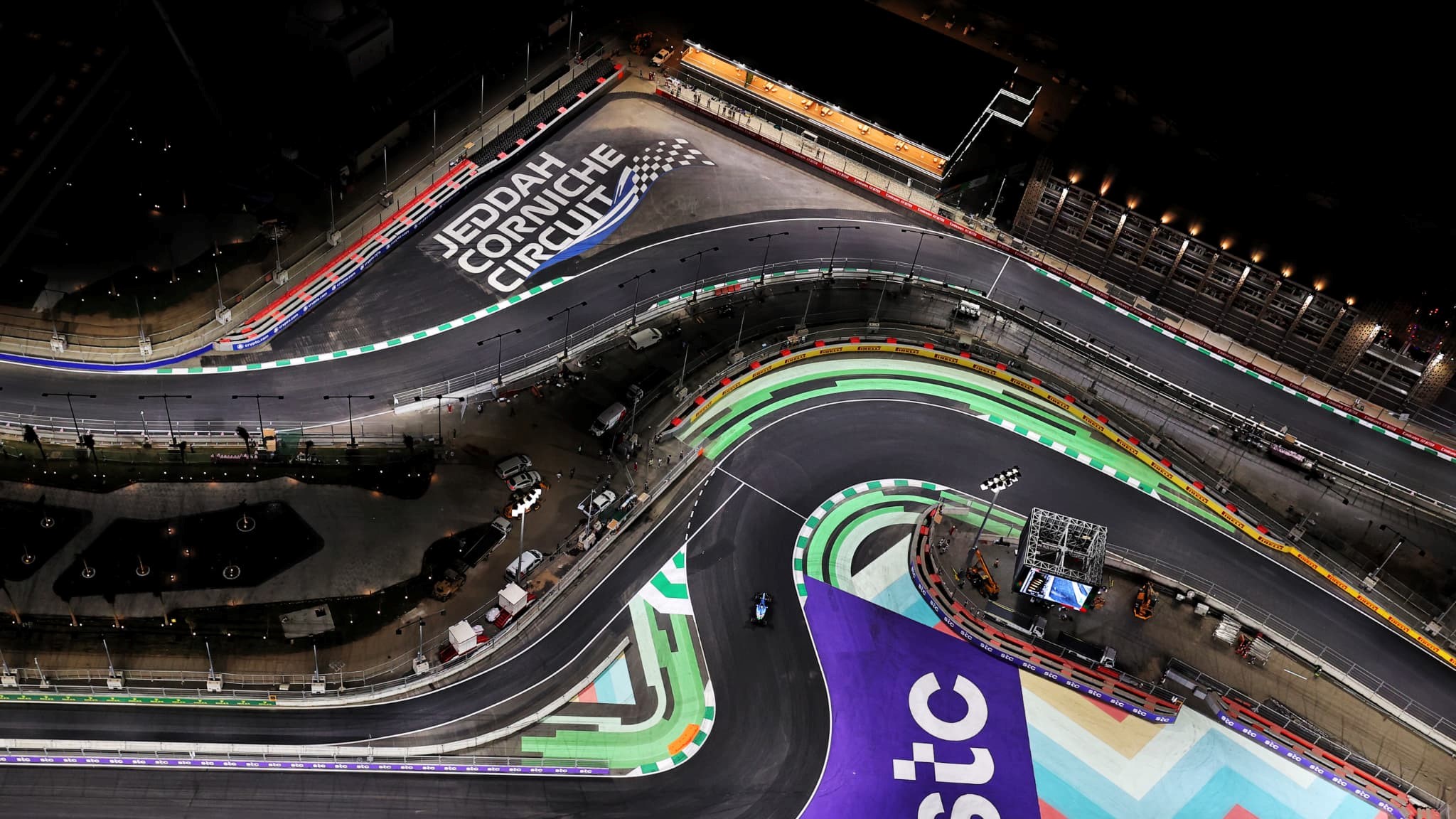
The Jeddah Corniche Circuit is a 6.174 km (3.836 mi) temporary street circuit, albeit adorned with some permanent sections, located on the Corniche, a 30 km coastal resort area of the ancient Red Sea port city of Jeddah.
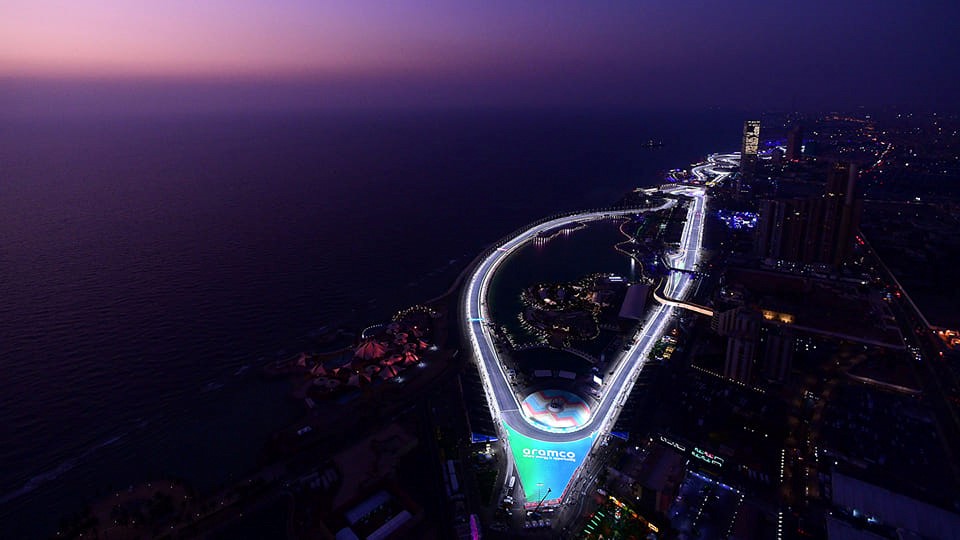
Jeddah, crazy and exciting track. Between blind curves, bottlenecks and dizzying speeds.
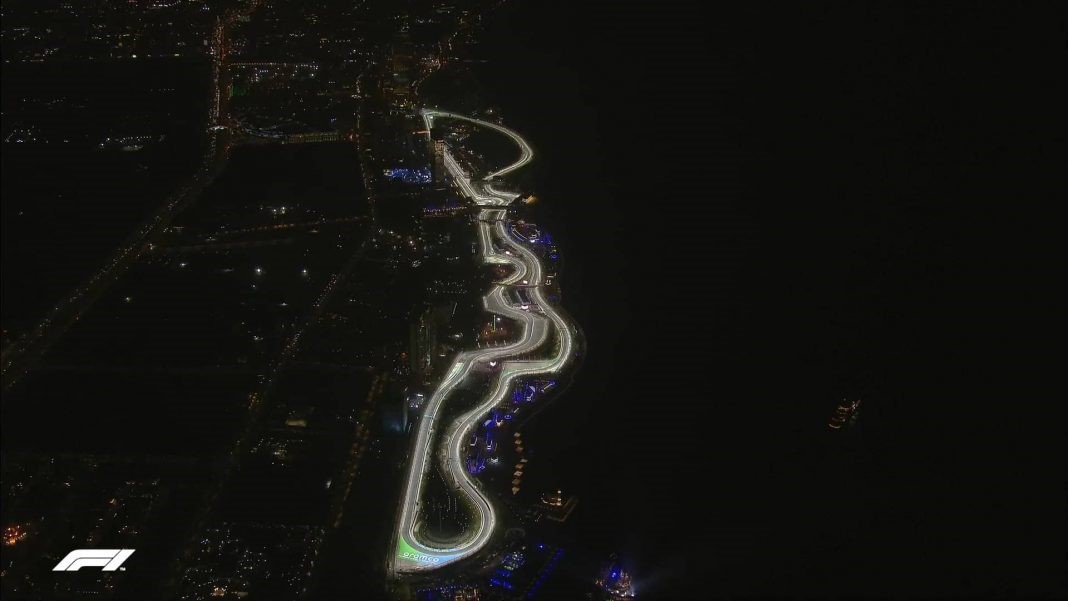
Jeddah circuit.
Named as the 'fastest street track' on the Formula One calendar, with Formula One cars simulated to have an average speeds in excess of 250 km/h (160 mph), quicker than those at Silverstone and second on the 2021 calendar only to Monza, the track is the second longest on the Formula One calendar, with only Spa-Francorchamps being longer.
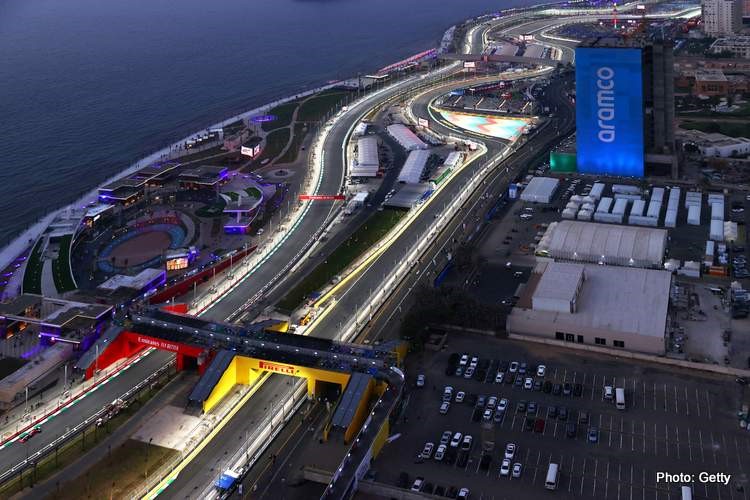
Copyright: Getty Images / Red Bull Content Pool.
The circuit also features the most corners on the 2021 calendar with 27, many of them quick, sinuous bends as the drivers wend their way along the Jeddah waterfront and could have up to three DRS zones for plenty of overtaking. It was designed by Carsten Tilke, son of the famed circuit designer Hermann.
F1’s Ross Brawn said of the track: “what we want to see is a race circuit. We don’t want Mickey Mouse circuits. We don’t want those old classic street circuits with 90 degree turns. We want fast, sweeping circuits, circuits which are going to challenge the drivers – and they are going to love it.”
“The circuit in Jeddah will be extraordinary,” said F1 track designer Carsten Tilke. “It will be a different kind of street track, something the world has never seen before.” From the back seat of a golf-buggy, you get the impression Tilke might be right. A typical street circuit consists of slow 90-degree bends that weave around houses, but that is not the case with the new track built in Saudi Arabia. The reclaimed land north of the port city of Jeddah was devoid of buildings, allowing the designers a free hand to create something unique. The most striking observation of the Jeddah Corniche Circuit is its proximity to the sea. It’s fine to describe Zandvoort as being a stone’s throw from the coast but, standing at turn 22, you are right on the shoreline. A strong overarm would easily land a decent-sized pebble into the mighty waves of the Red Sea. Unlike the extensive lap of Spa, Jeddah circuit is not spread over a huge area but runs back and forth on a narrow strip of land, parallel with the coast. Heading away from the start line, the first corner is a left-right kink, then from turn 4 onwards the track opens into a series of switchbacks which will punish the smallest of mistakes. After a short straight, we approach the mighty turn 13 which is a long-radius left-handed hairpin. Under the floodlights, this 12-degree banked, high-speed corner is spectacular for drivers and spectators alike. The return leg along the shore has a similar feel to the opening sequence of bends but, even from the back seat of a slow-moving buggy, you sense this is an incredibly quick section of race track. “Why this circuit works so well is that it will have the atmosphere of an urban venue, but the space and run-off so we can increase the speed of the corners,” said Tilke. “This is something you can normally only do at a permanent facility, but here we have been able to create very challenging fast corners that the drivers will love. I have driven the lap many times on the simulator and, with sections featuring walls close to the edge of the circuit, you really need to concentrate to avoid making a mistake. It will be very rewarding for those who can master all 27 corners.”
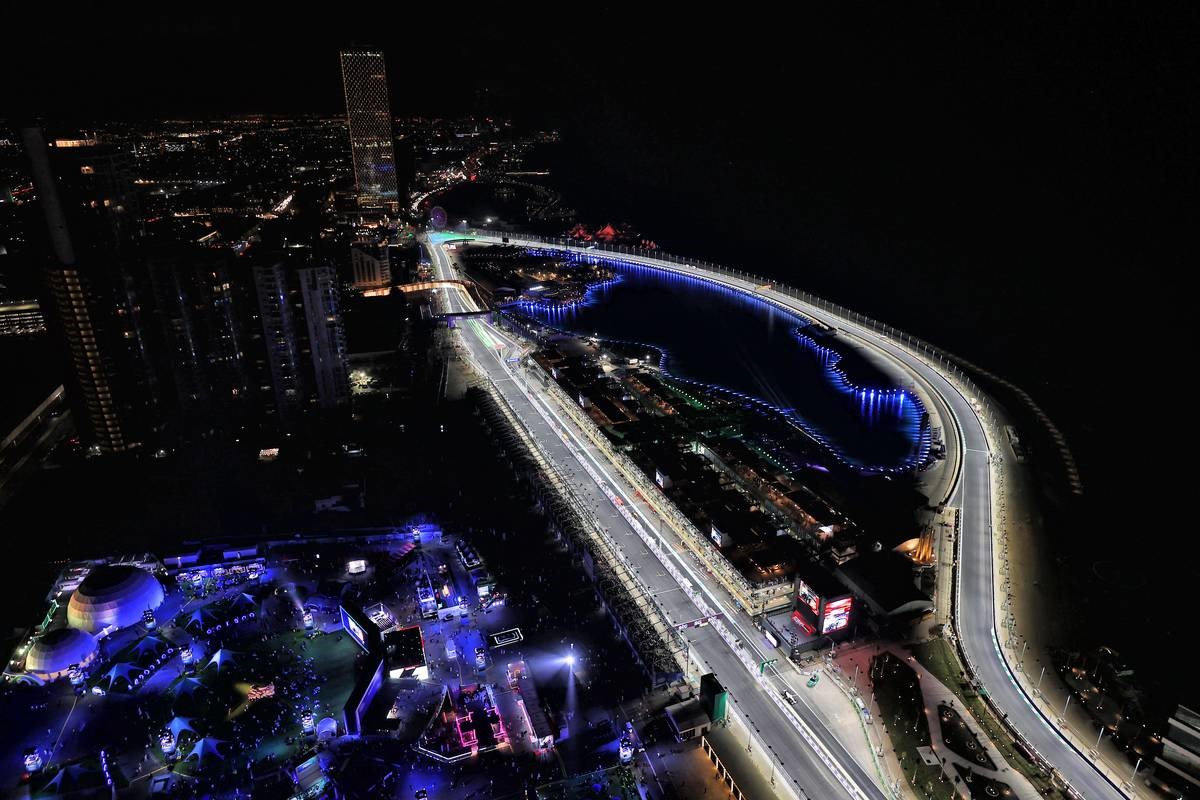
Like other F1 races in the Middle East, the Saudi event is run at night under floodlights, which affords some relief from average November daytime temperatures of around 35 degrees Celsius.
Because of its coastal location, the climate in Jeddah is not just hot but humid too, similar to the conditions teams and drivers used to face at Sepang in Malaysia. Right on the shoreline, there is a sea breeze that offers a cooling respite from the intense sun. That is why the promenade that extends along the coastline of the city is always bustling with families at sunset, as they enjoy the cooler night air.
The average speeds around the Jeddah Corniche Circuit is such that any grandstand should provide a spectacular viewing location. Nonetheless, the gladiatorial splendour of the grandstand surrounding the banked turn 13 makes for a very special spot for F1 fans.
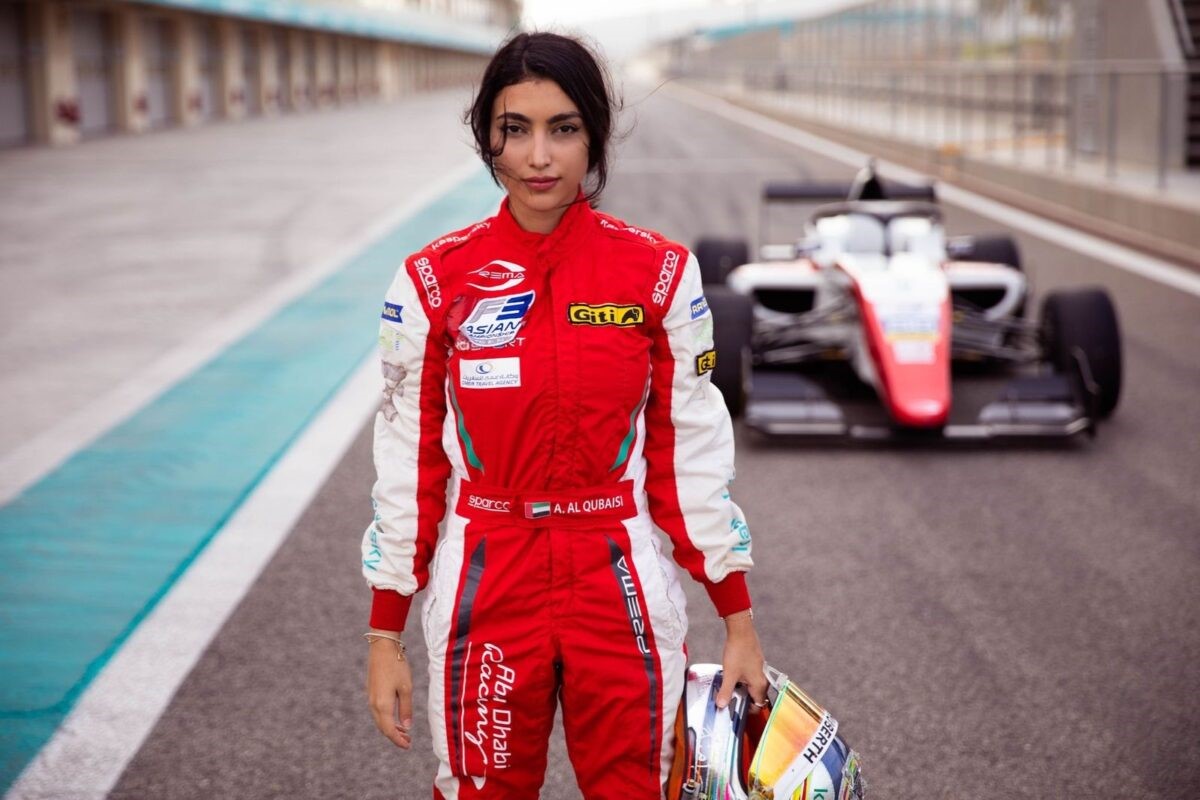
Amna Al Qubaisi: chasing dreams with racing cars. A Formula 3 driver from the UAE, the 21-year-old Amna is the first Arab woman to race in a sport heavily dominated by men and record her name in the pages of history.
"The track was rapid, unbelievably quick and with a lot of grip as well. Once you get in the rhythm, it's beautiful to drive. The grip was very high from the moment we went out and was similar in both sessions. Traffic can be a problem here, it's Monaco-esque and the closing distances to other cars was definitely getting dangerous." Lewis Hamilton in 2021
"Overall, it's a really cool track, there are a lot of fast corners and it's fun to drive.” Max Verstappen in 2021
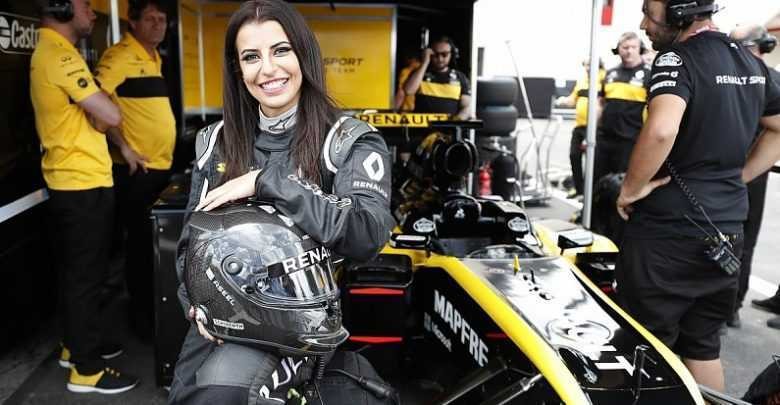
French GP: Aseel Al-Hamad, board member of the Saudi Arabian Motor Federation (SAMF) and FIA Saudi Arabia Representative of Women in Motorsport Commission.
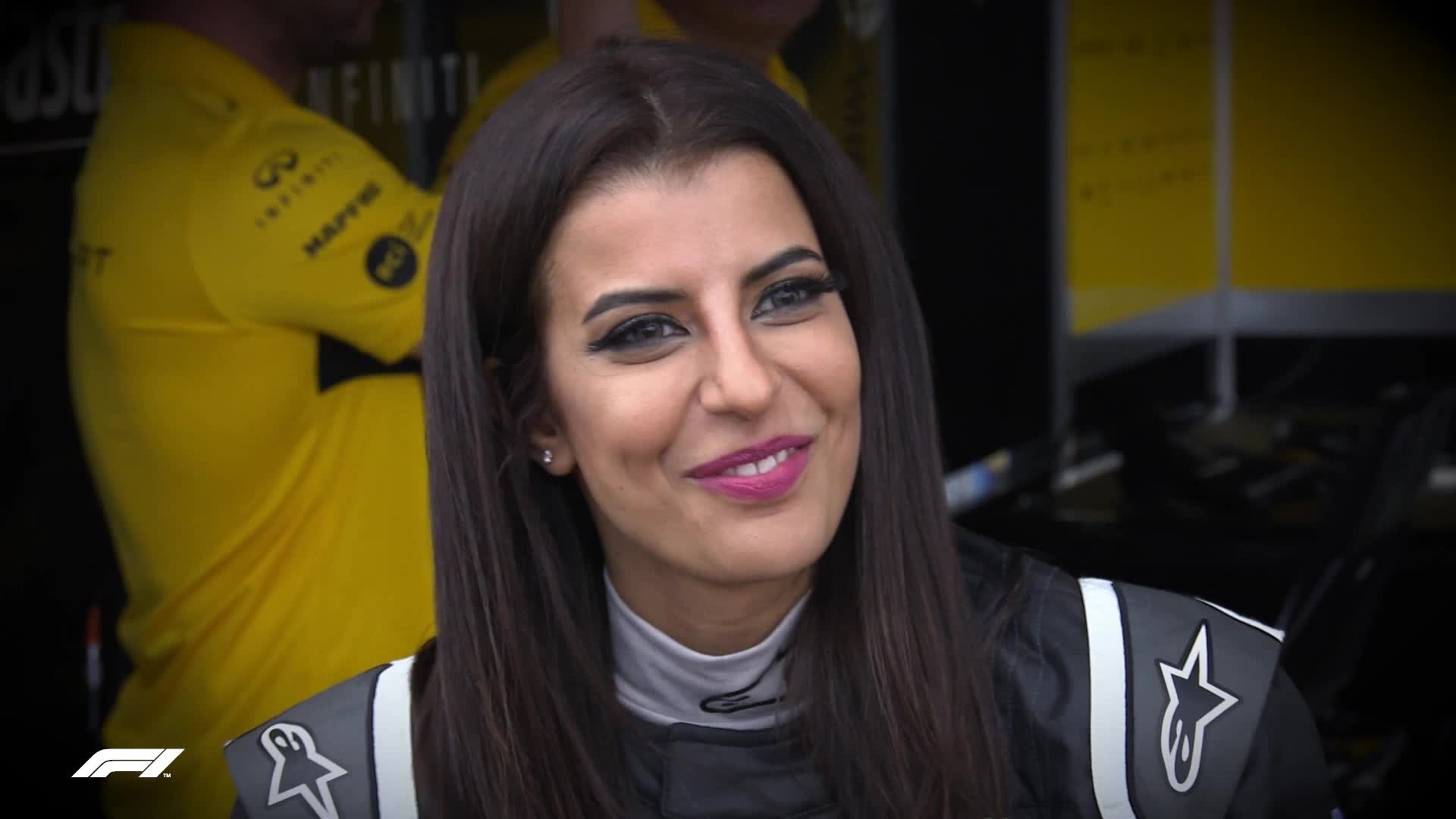
Aseel Al-Hamad, Saudi Arabian member of the FIA Women.
"It was a fun day today and I like the track. Every new track requires a lot of work to go into it and I think we got through quite a lot today. The circuit feels fast as expected, but it seems to have quite high grip as well, which was a nice surprise, especially coming to a street circuit.” Fernando Alonso in 2021
"It was very fun out there today. It is an incredibly fast track and it punishes you heavily if you make a mistake. You must be very precise with where you are positioning the car and tomorrow in qualifying it will be very tricky. It will require lots of commitment on those one or two flying laps, particularly through the high-speed corners, so I am excited for that as I am sure it will be very exhilarating.” George Russell in 2021
Bahrain
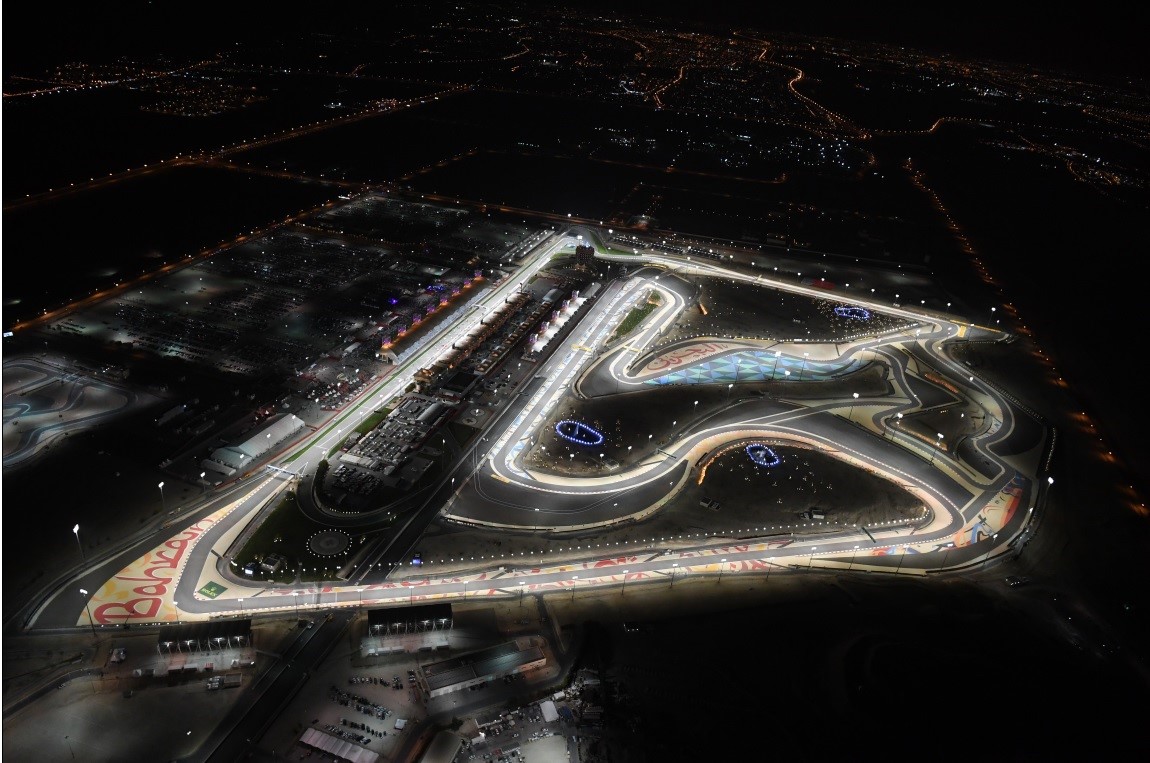
The building of the Bahrain International Circuit in Sakhir was started in December 2002, with high domestic interest about the project as it gave a future to the next generation of Bahraini racers. Like the Yas Marina Circuit in Abu Dhabi, the developers had a blank, sandy canvas to work with and with that fashioned the technical 5.4 km track. Bahrain had fought off fierce competition from elsewhere in the region to stage a F1 race, with Egypt, Lebanon and the United Arab Emirates all hoping for the prestige of hosting a Formula One Grand Prix. By the completion of the project, the circuit became the centre of motor sport in the Persian Gulf.
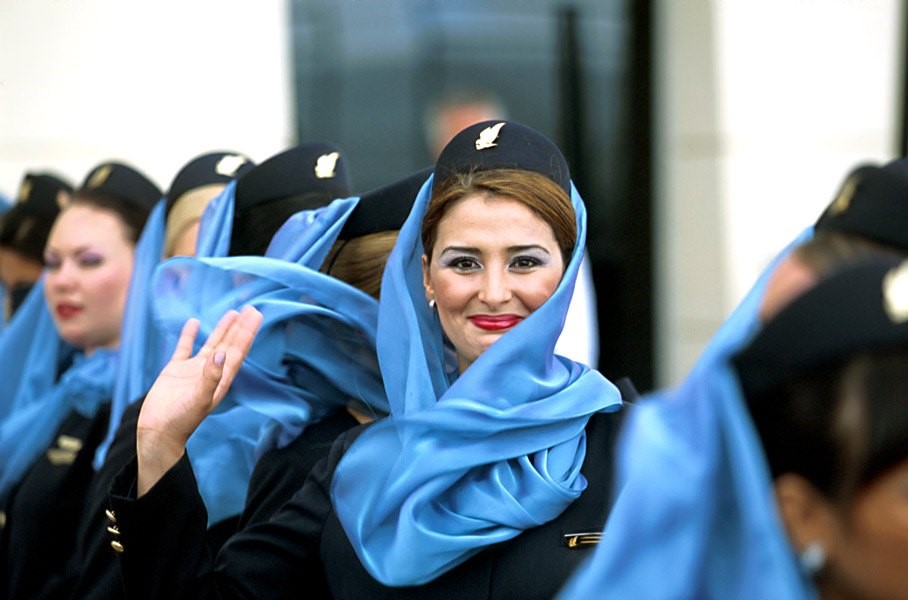
Formula 1 girls, Bahrain, Sakhir, 2004. Photo by Rainer Schlegelmilch.
The first Bahrain Grand Prix took place at the Bahrain International Circuit on 4 April 2004, when the drivers first lined up under an unusually cloudy sky. The race was dominated, like many in 2004, by the two Ferraris, with Michael Schumacher winning out from Rubens Barrichello, while the crowds were also treated to a fantastic dog-fight between the Jaguar of Mark Webber and the Renault of Fernando Alonso. The race made history as the first Formula One Grand Prix to be held in the Middle East and was given the award for the "Best Organised Grand Prix" by the FIA.
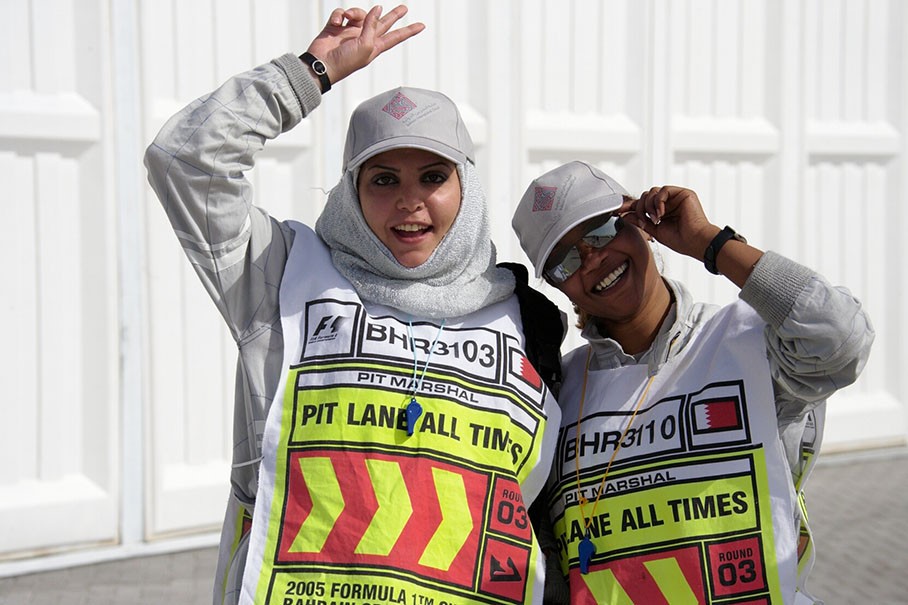
Bahraini marshal girls at Sakhir in 2005. Photo by Rainer Schlegelmilch.
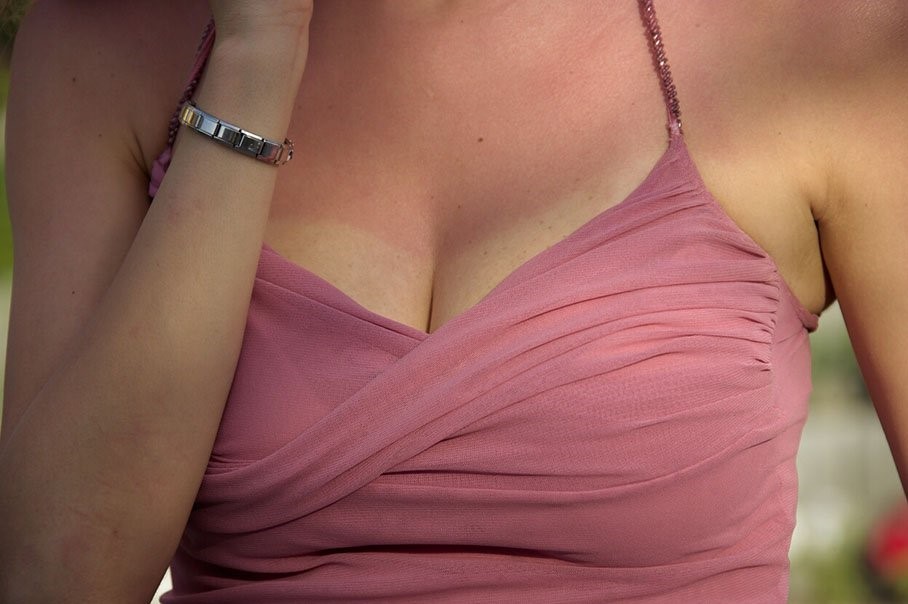
F1 female fan at Sakhir in 2005. Photo by Rainer Schlegelmilch.
Fernando Alonso won the second Bahrain Grand Prix for Renault in 2005 and then became the first repeat winner of the Middle Eastern race in 2006 (again for Renault), after a thrilling race-long battle with Michael Schumacher.
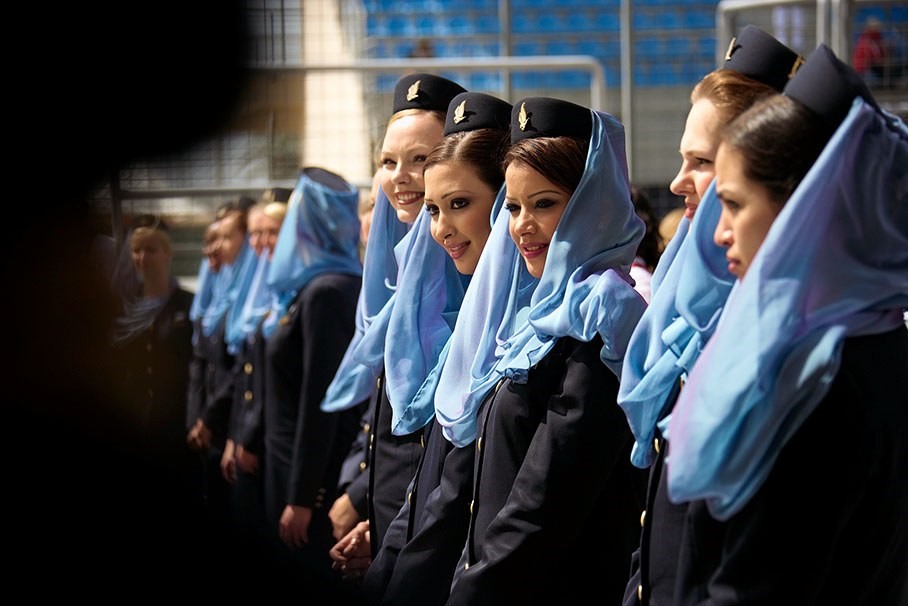
Girls, Bahrain, Sakhir, 2006. Photo by Rainer Schlegelmilch.
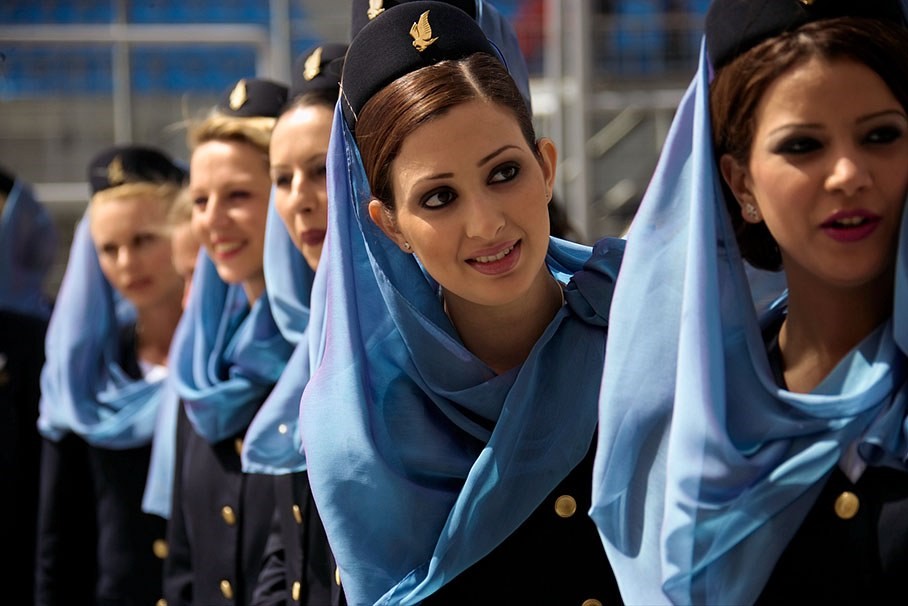
Girls, Bahrain, Sakhir, 2006. Photo by Rainer Schlegelmilch.
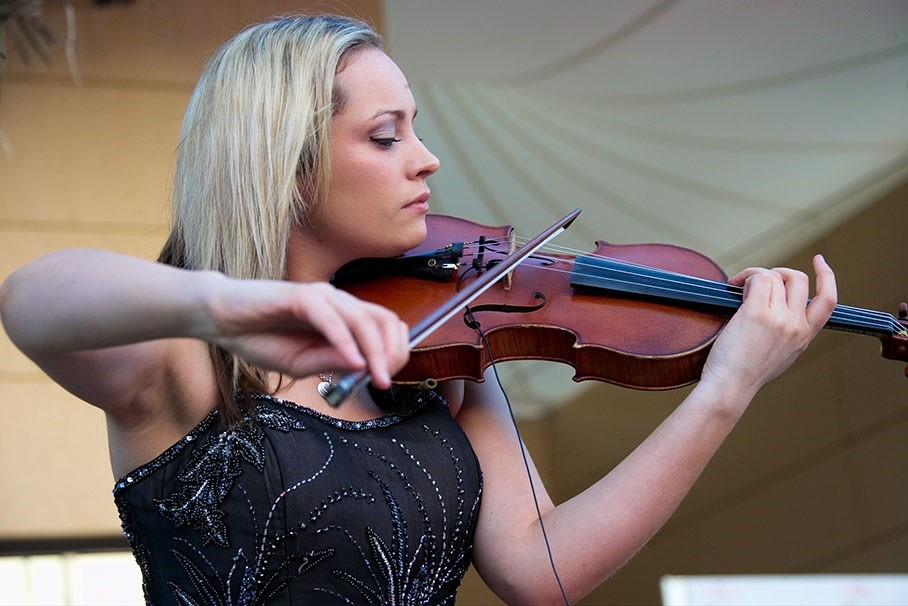
Bahrain, Sakhir, 2006. Photo by Rainer Schlegelmilch.
The race has usually been the third race of the Formula One calendar. However, in the 2006 season, Bahrain swapped places with the traditional opener, the Australian Grand Prix, which was pushed back to avoid a clash with the Commonwealth Games.
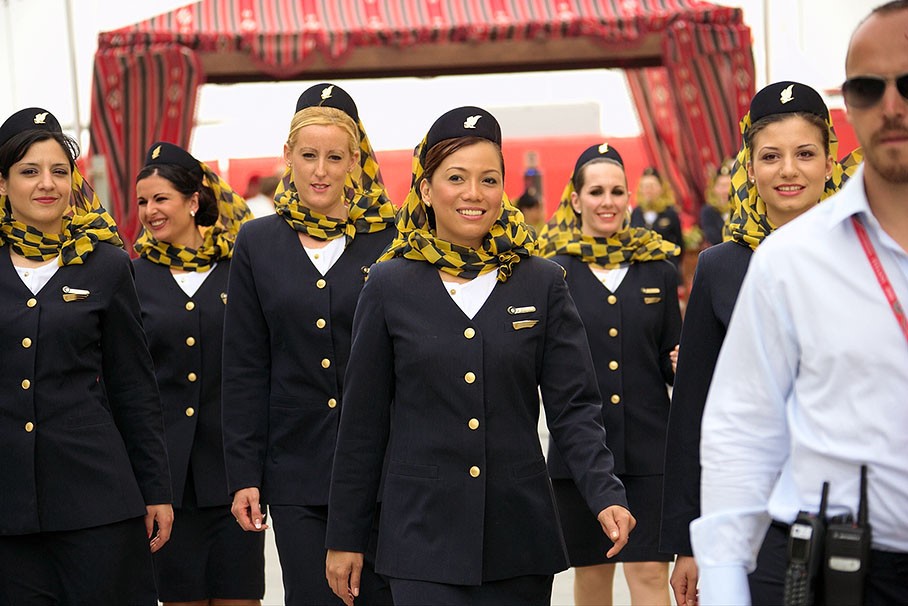
Girls, Bahrain, Sakhir, 2008. Photo by Rainer Schlegelmilch.
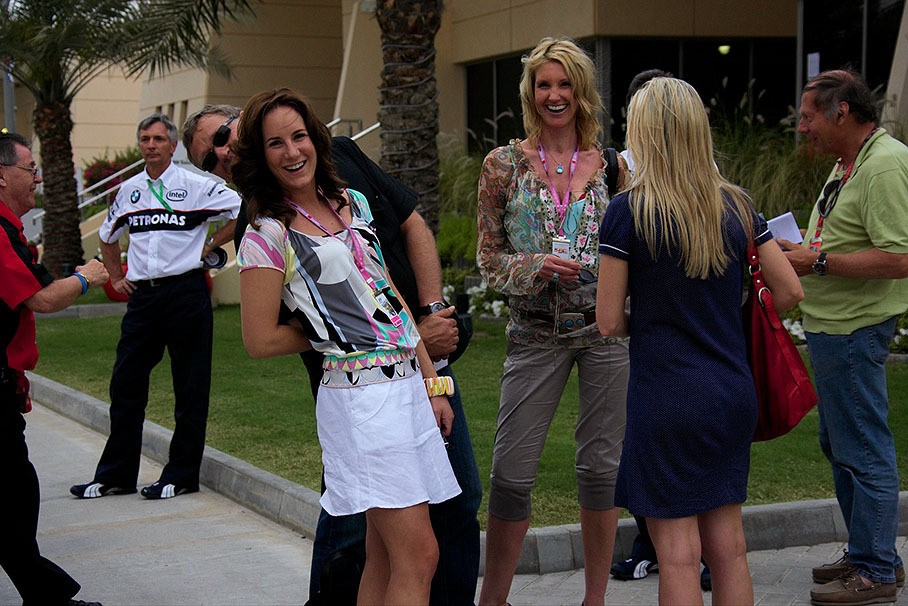
Architect Hermann Tilke and girls, Bahrain, Sakhir, 2008. Photo by Rainer Schlegelmilch.
In 2007 and 2008, Felipe Massa won the race for Ferrari.
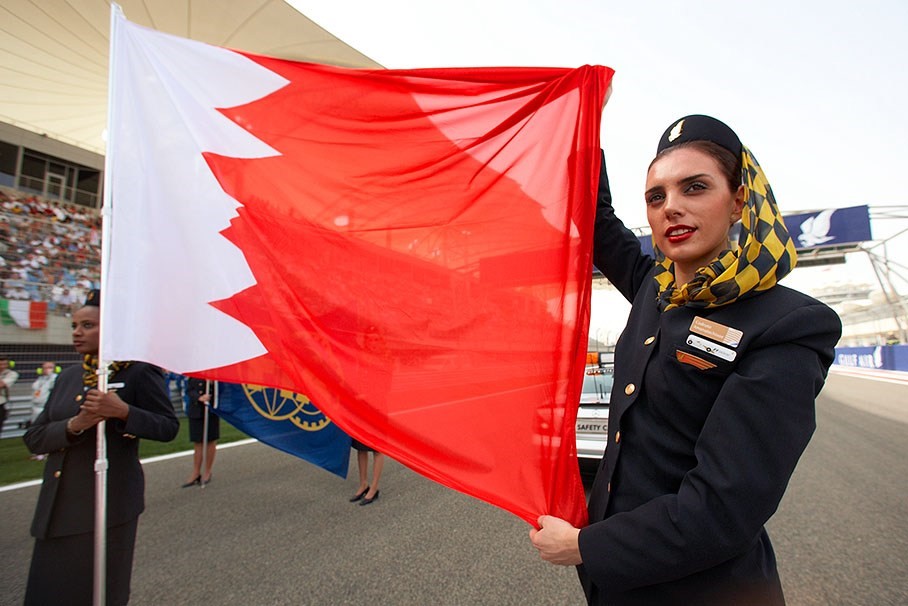
Bahrain 'grid stewardesses' hold the national flag at starting line, Sakhir, 2009. Photo by Rainer Schlegelmilch.

A girl at Sakhir in 2009. Photo by Rainer Schlegelmilch.
2009 saw Jenson Button win for Brawn GP.
The 2010 race saw a new circuit configuration being used for the Grand Prix to celebrate F1's 'diamond jubilee'. It used the "Endurance Circuit" layout, extending the lap length to 6.299 km (3.914 mi). The new track turns left shortly after turn 4, the right-hander at the top of the hill following the first sequence of turns. There is then a sequence of five turns before the cars head back to the original circuit. Then comes a left-right kink before a tight hairpin returns the cars onto the main track. The track would have reverted to its original layout for the 2011 race and did so for the 2012 race.
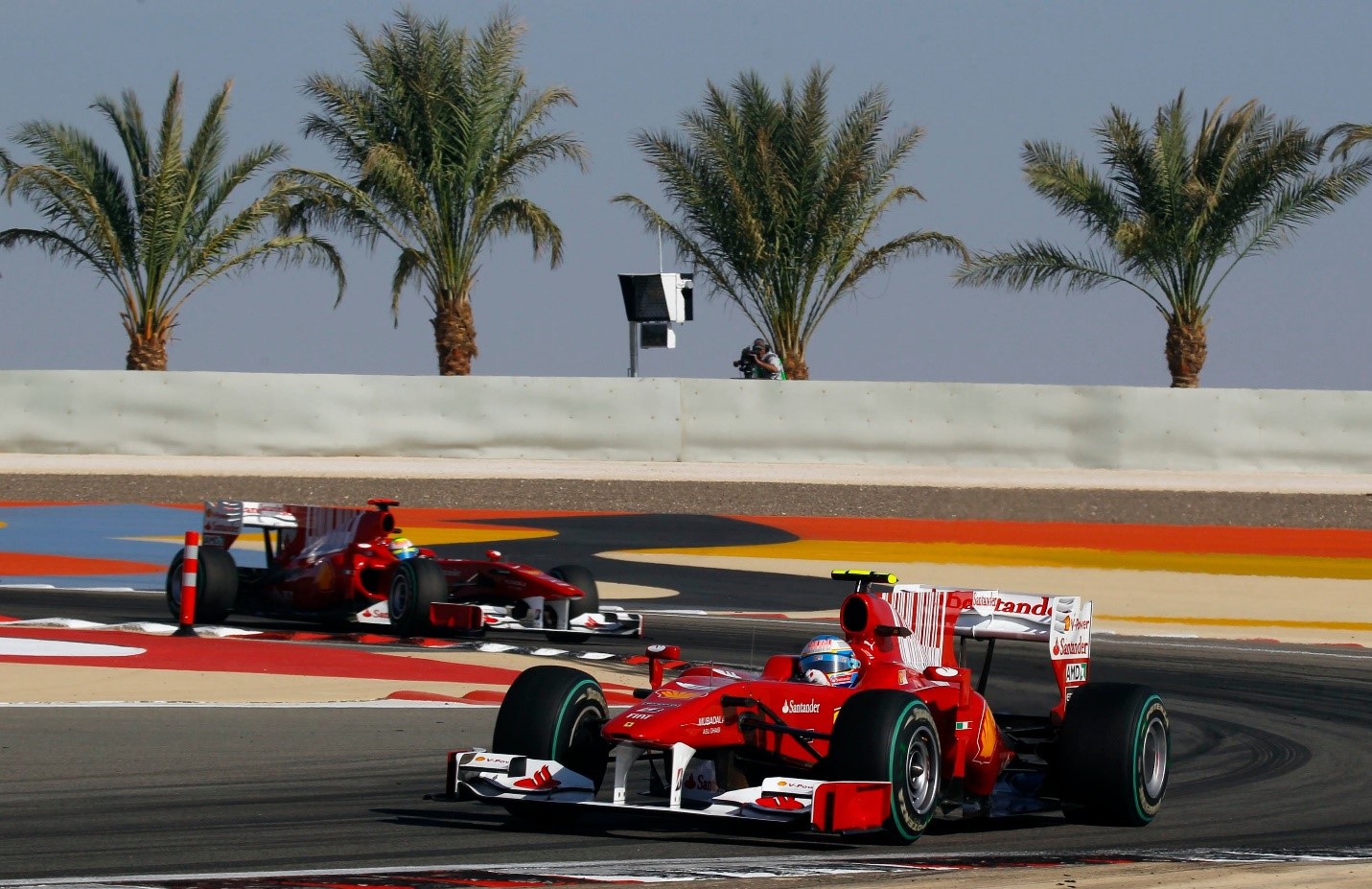
Fernando Alonso leads teammate Felipe Massa during the Bahrain Grand Prix at Sakhir circuit in Manama on March 14, 2010. Photo by Reuters.
After his 2010 triumph, Alonso became the first three-time winner.
Shortly after the Formula One February 2014 testing, the first corner of the track was renamed after seven-time champion Michael Schumacher, in honour of his achievements and also in support after he suffered an almost fatal skiing accident late December 2013.
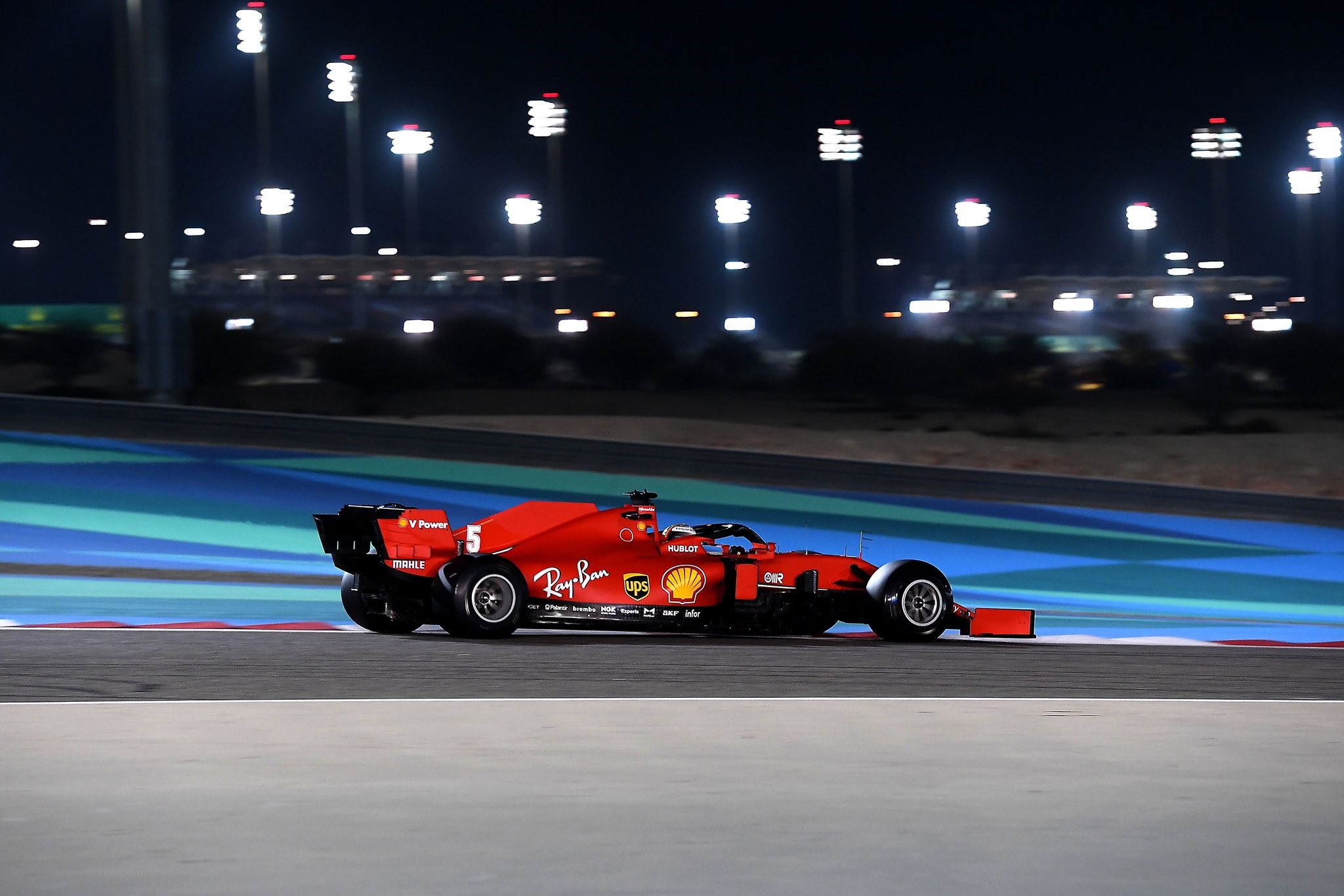
Sebastian Vettel, Ferrari, Bahrain 2020.
In 2014, to commemorate the tenth anniversary of the first staging of the Bahrain Grand Prix, the race was held as a night event under floodlights. In so doing, it became the second Formula One night race after the Singapore Grand Prix in 2008. Bahrain's inaugural night event was won by Lewis Hamilton. Subsequent races have also been night races.
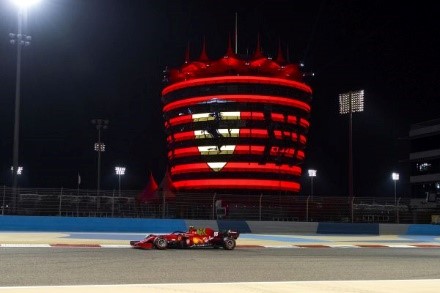
Sakhir Internatonal Circuit, Manama. Friday, March 26th 2021. The first Friday of free practice of the 2021 season saw Scuderia Ferrari Mission Winnow tackle a particularly busy programme.
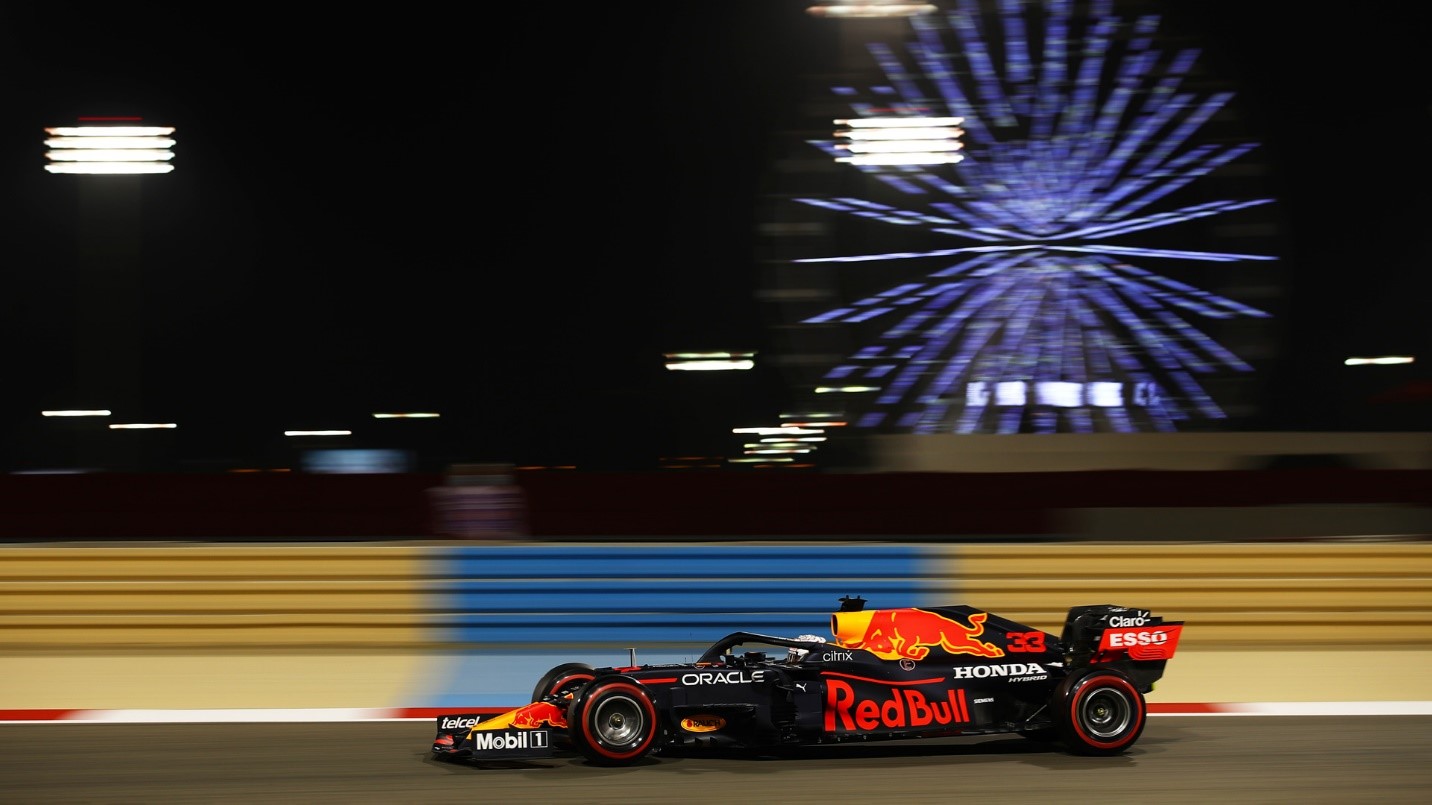
Max Verstappen’s first day of the 2021 season couldn’t have gone much better, with the Red Bull driver heading Free Practice 2 for the Bahrain Grand Prix to complete a clean sweep of fastest times across Friday, as McLaren’s Lando Norris pipped the Mercedes of Lewis Hamilton to P2. Photo by Getty Images.
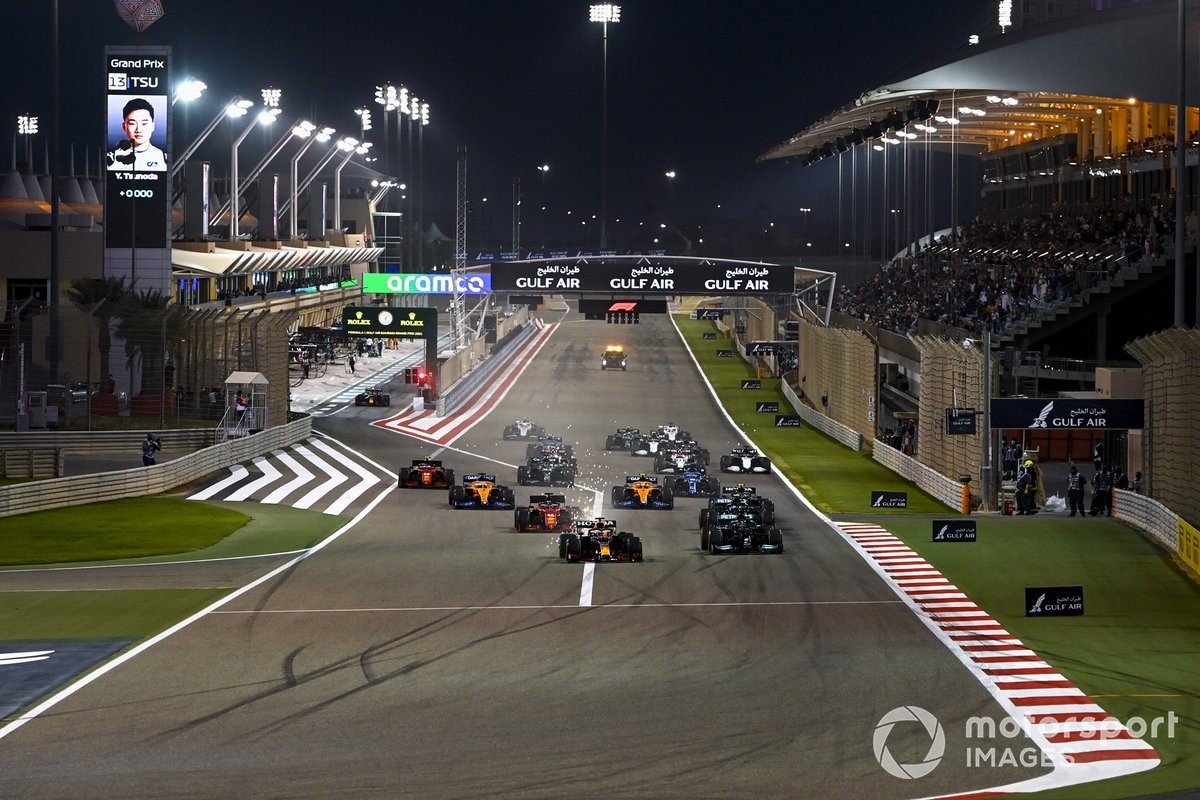
Lights out and away we go! 2021 Bahrain Grand Prix. Getty Images.
In 2021, due to the Australian Grand Prix being postponed, the Bahrain Grand Prix was again the season opener. This was the first time that Bahrain served as the season opener since 2010 and the first time ever that the season opener was a night race instead of the traditional daytime race.
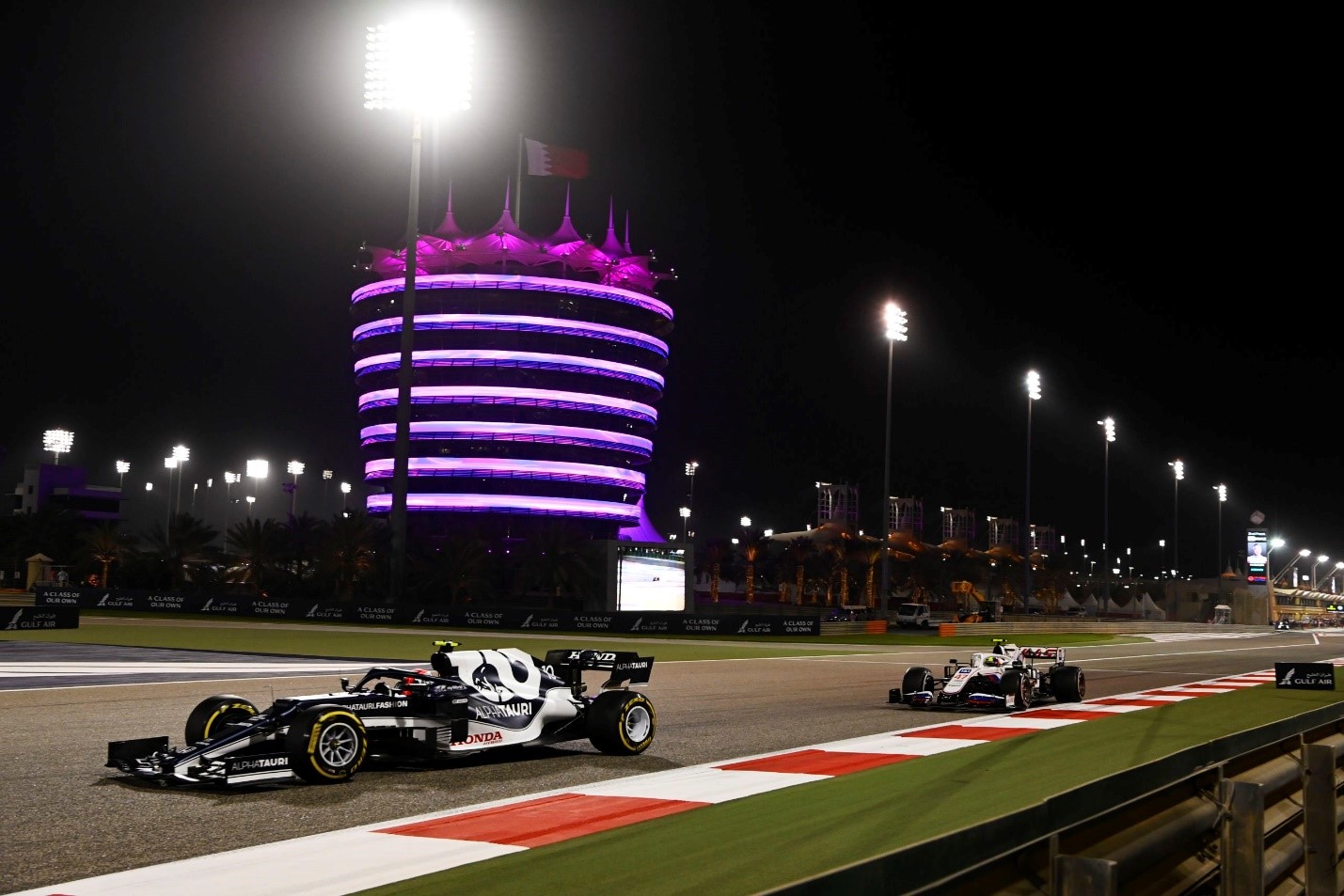
Bahrain GP: how the grid lines up for Formula 1 2021 opener as Max Verstappen starts on pole position.
It led the first Hamilton and Verstappen duel of the season. Bahrain also held Pre Season Testing, for the first time since 2014. Last year, in 2020, Pre Season Testing was held at Circuit de Barcelona-Catalunya.
A characteristic of the course is the large run-off areas, which have been criticized for not punishing drivers who stray off the track. However, they tend to prevent sand getting onto the track and the circuit is regarded as one of the safest in the world.
The circuit posed, in fact, a unique problem. Positioned in the middle of a desert, there were worries that sand would blow onto the circuit and disrupt the race. However, organizers were able to keep the sand off the track by spraying an adhesive on the sand around the track.
The surface of the circuit is made of greywacke aggregate.
The DRS zone is on the pit straight at the Bahrain Grand Prix (starting 2012), so turn 1 ("Michael Schumacher turn") is the prime overtaking opportunity. The corner itself is incredibly tight; a typical F1 car must brake approximately 100 meters before the corner and shift right down to gear one. The width of the track further adds to the overtaking possibilities. Turns 2 and 3 are flat out and gaining a good exit can set up an overtaking opportunity into turn 4. The straight leading to turn 4 is very long with a DRS zone and the track at the corner itself is incredibly wide, at about thirty meters. Turns 5, 6 and 7 make up a high-speed left-right-left "S" section that leads into turn 8, a right-hand hairpin where taking a wide line can avoid the bump on the apex which unsettles the car. Turns 9 and 10 are very challenging as they are two blind left-handers where cars must brake, downshift and turn simultaneously – they go from 205 km/h in gear 5 down to 63 km/h in gear 1 - whilst trying to avoid locking up their inside front tyres. The back straight leads down into turns 11, 12 and 13, a medium-speed complex of corners. Turn 11 is a fourth-gear left hander that leads immediately into the flat-out right hander of 12, then the third gear right-hander of turn 13 which requires a good exit to gain speed down the following straight. It is worth braking quite early for turn 14 to gain speed down the main straight. If you brake about 100 meters before the apex, then it is easy to keep it tidy through the slow right hander and you can also put the power down early and gain speed all the way through turn 15 and the main straight (which is the DRS zone).
The lap record, which only accounts for laps set in a race, on the current layout of the Grand Prix circuit was set in 2005 by Pedro de la Rosa at 1:31.447, in what was the only fastest lap in his 104-race career. Michael Schumacher set a faster time of 1:30.252 at the 2004 edition of the race, but alterations to turn 4 of the track meant that it was counted as a different layout from 2005 onwards. The fastest time ever set at the track was produced by Lewis Hamilton during qualifying for the 2020 edition at 1:27.264, beating the previous record by Charles Leclerc, set during qualifying for the 2019 edition (1:27.866).
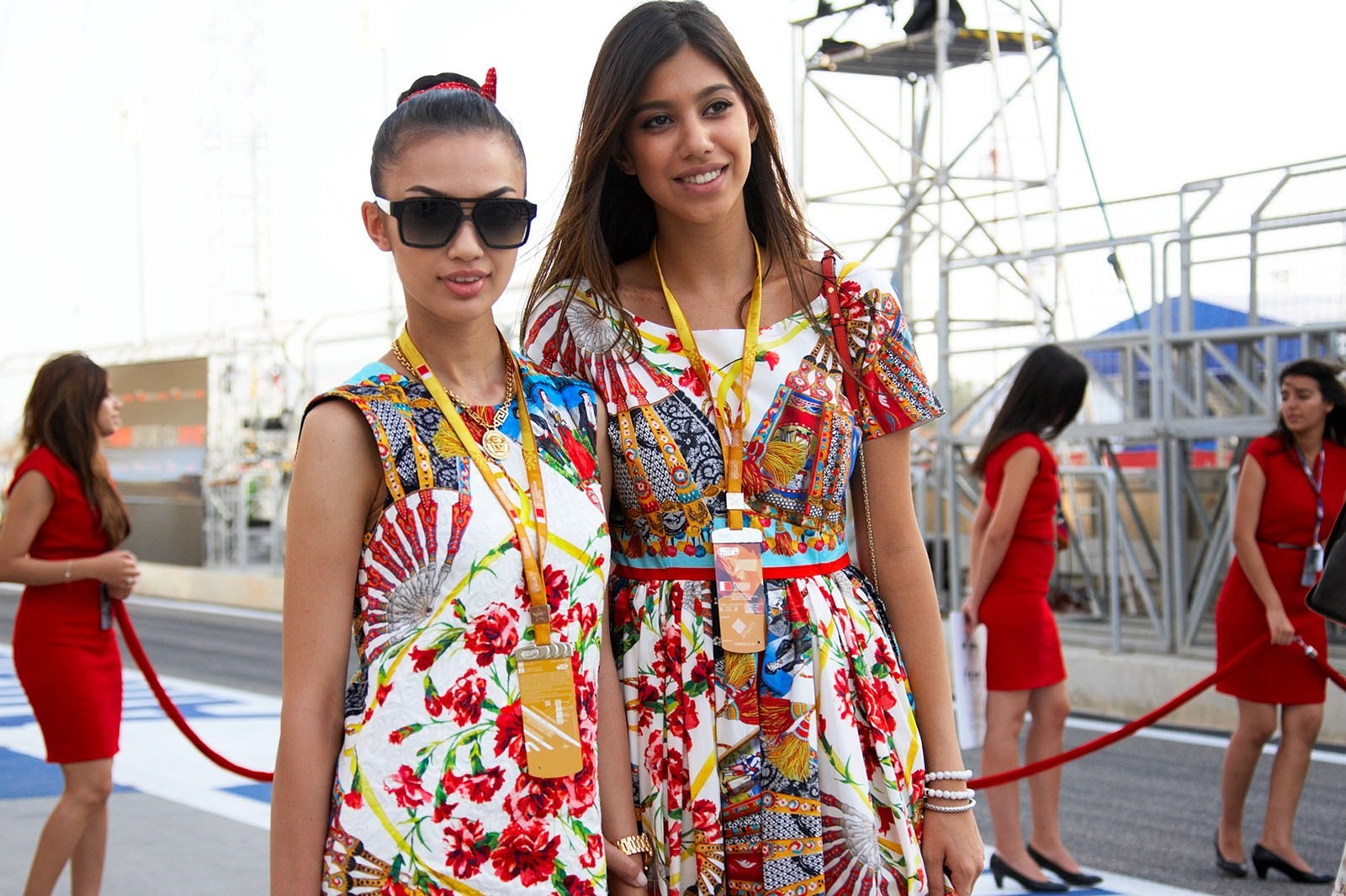
Brightly coloured nice pit girls, Bahrain Grand Prix, 2015. Photo by Rainer Schlegelmilch.
You can usually expect great racing and decent amounts of overtaking in Bahrain, while the drivers have to contend with wind, racing under floodlights and the difficulty of finding a decent set-up with the wide temperature fluctuations between sessions. The track’s most challenging point is the tight, downhill, off-camber turn 10 left-hander, while the fast run through turn 12 is another highlight, allowing the racers to really feel their cars coming alive.
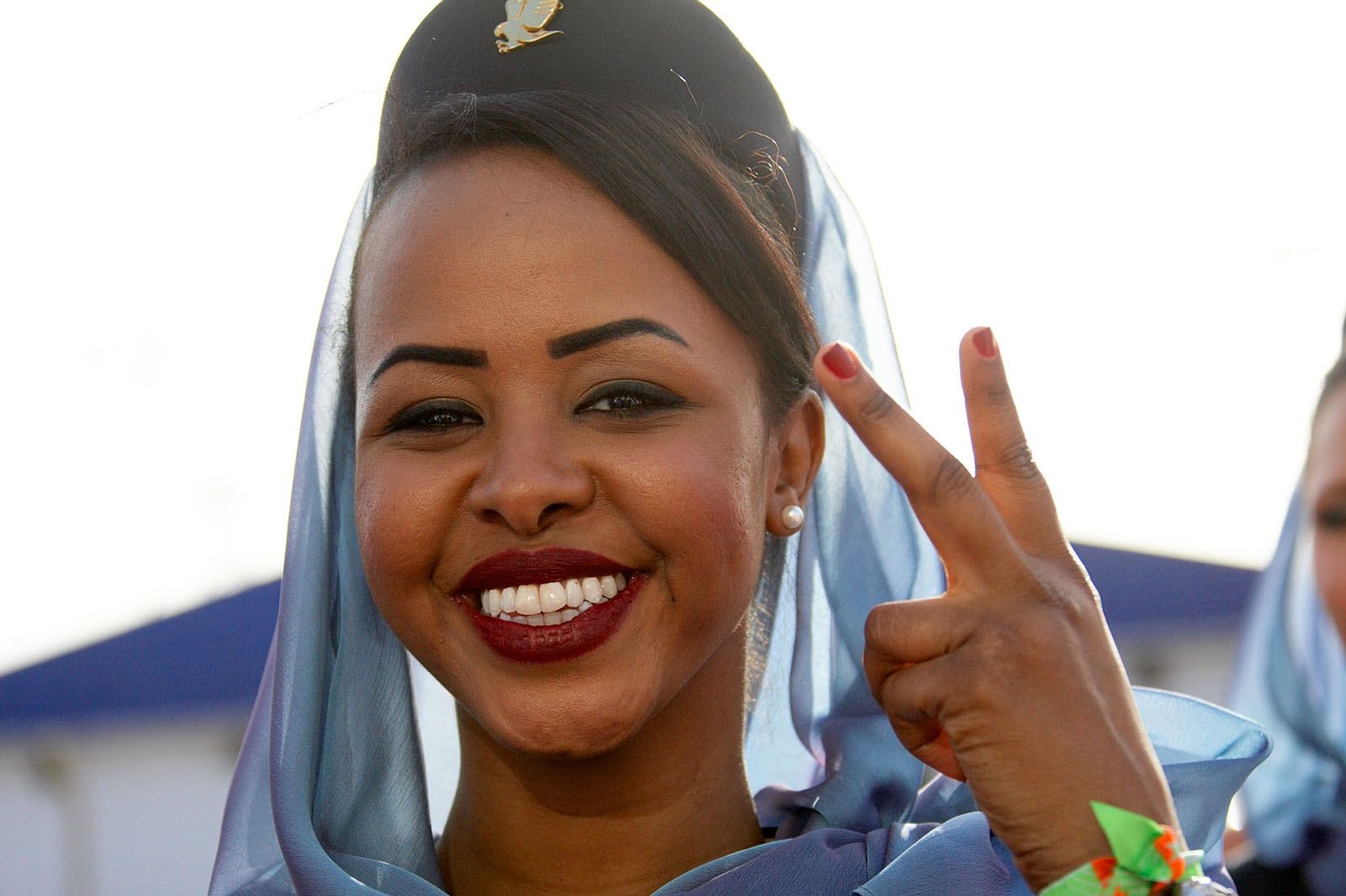
Gulf Air flight attendant on the grid, Bahrain Grand Prix, 2015. Photo by Rainer Schlegelmilch.
Given the nature of the track, race-goers in Bahrain have always got a decent chance of being treated to a 'duel in the desert' or three. Away from the race track, Bahrain, as you might expect, is a great place to catch some rays, with the 33-island archipelago kingdom featuring some jaw-dropping resorts. And, if you want to do some racing yourself, the Bahrain International Karting Circuit, located right next to the track, is one of the world’s top karting facilities.
Although alcoholic beverages are legal in Bahrain, the drivers do not spray the traditional champagne on the podium. Instead, they spray a non-alcoholic rosewater drink known as Waard.
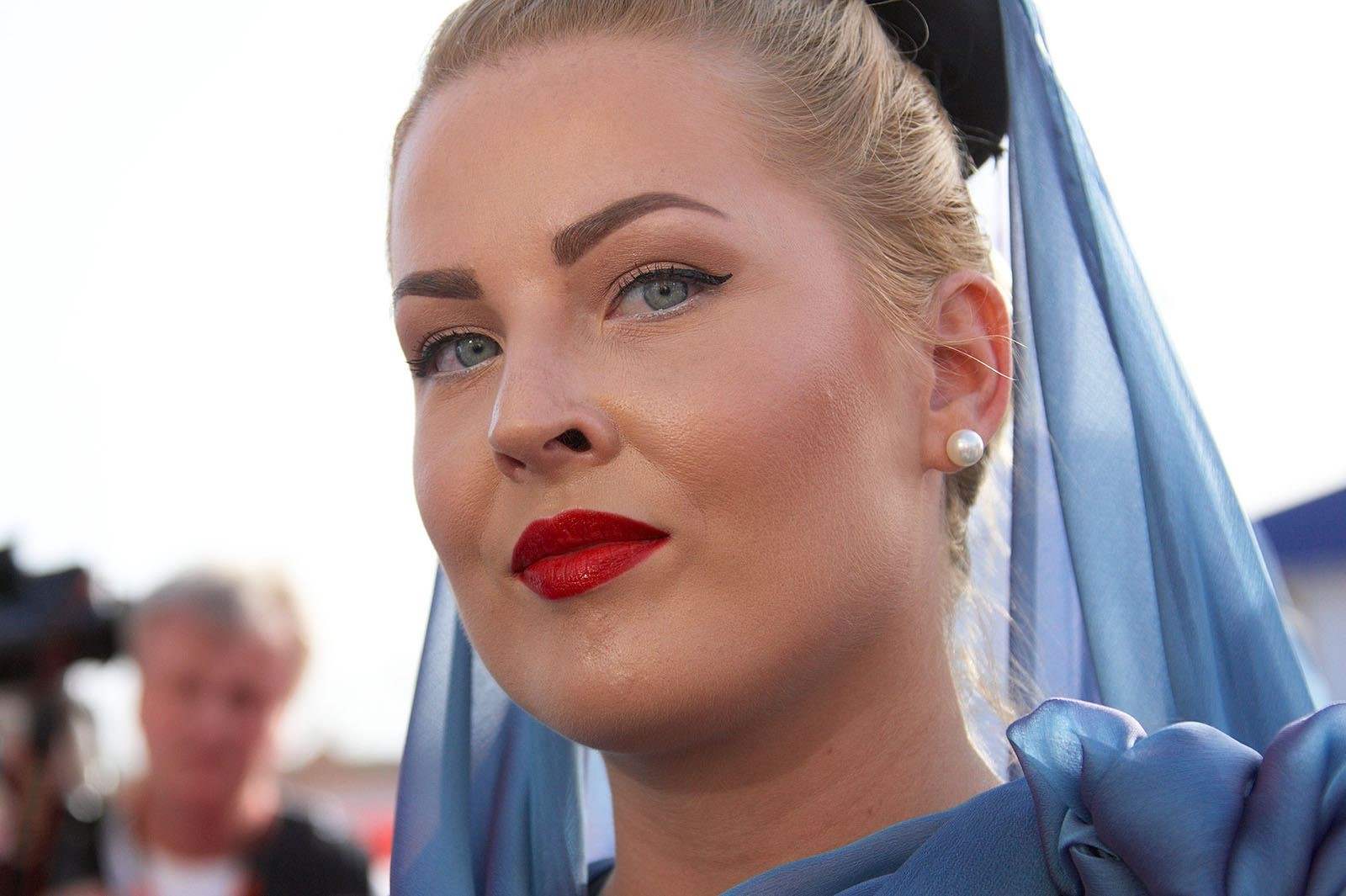
Look from a critical distance: Gulf Air flight attendant on the grid, Bahrain Grand Prix, 2015. Photo by Rainer Schlegelmilch.
Where is the best place to watch? Your options are slightly limited in Bahrain, given that the organizers understandably don’t want loads of fans having to traipse out into the middle of a hot desert to watch the action! We reckon your best bet is to get a place in the Batelco grandstand, giving you a great view of cars charging into turn 8, hammering through 9 and 10 and then passing you on the run down to the short-apex turn 11. Otherwise, the grandstand on the outside of turns 1 and 2 will allow you to watch overtaking aplenty on either track layout.
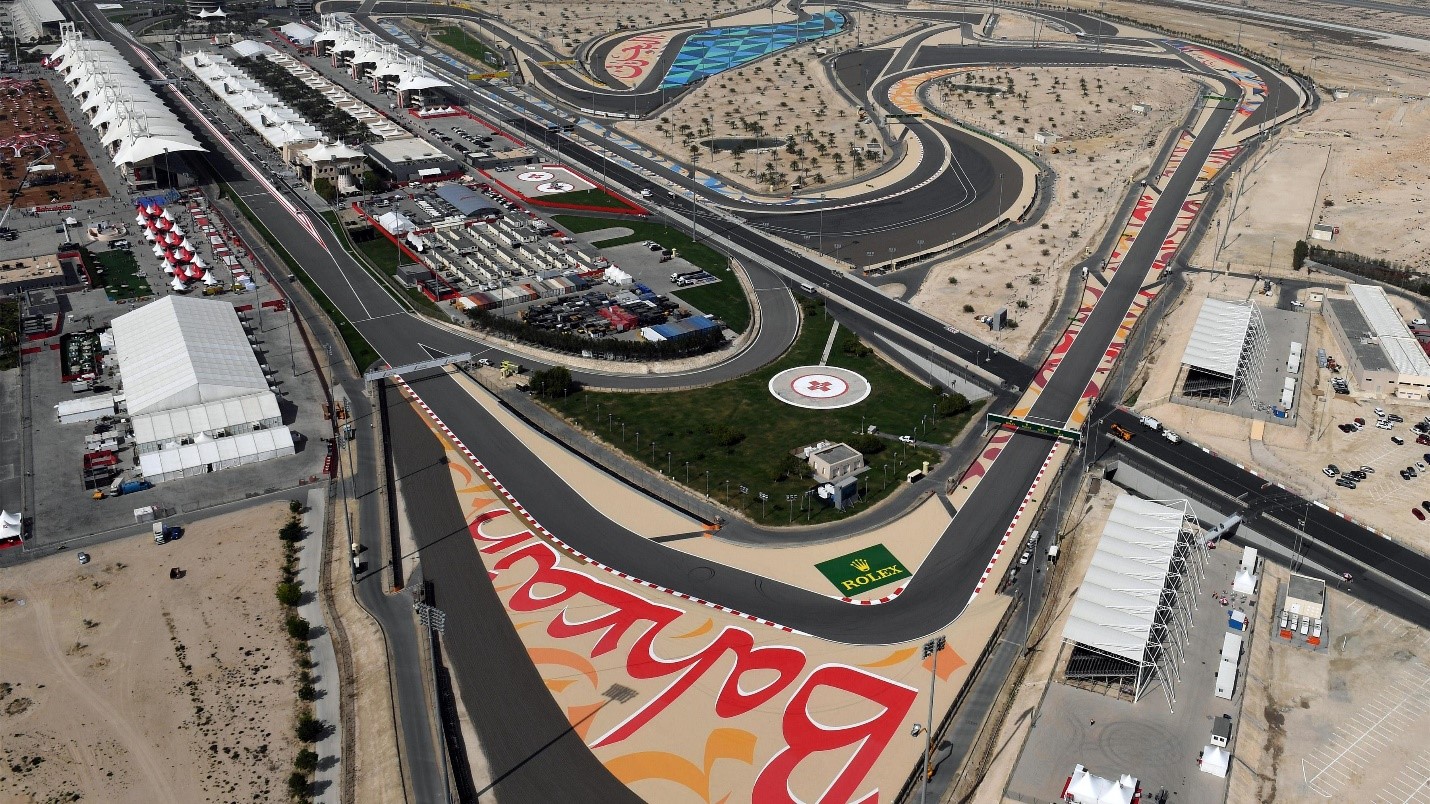
Bahrain circuit in 2020.
"As usual, this will certainly be a hot weekend. I enjoy the track and it has a good rhythm. The conditions during the weekend are always tricky because practice is during the day and then qualifying and the race are at night. This means there is a lot of adapting going on throughout the weekend. However, I think it is going to be a good one and am looking forward to getting back there." Lance Stroll in 2018
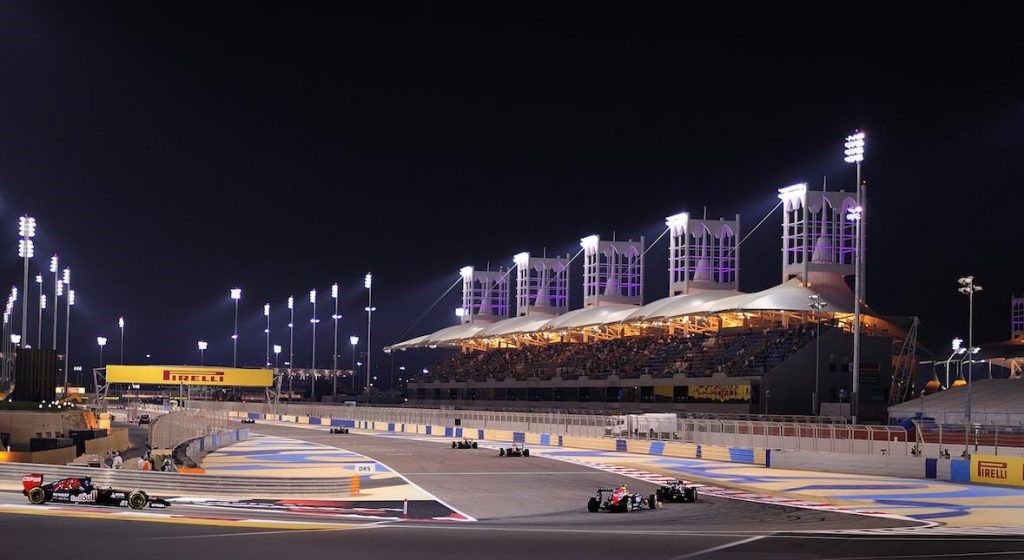
"The circuit can be tough on the braking system and some braking points change slightly throughout the weekend due to the timings of the sessions. It’s always cool racing at night and under the lights, which makes this race one of the more unique of the calendar." Carlos Sainz in 2018
“I love driving in Bahrain. I’ve always had a good feeling there and I think it’s a really exciting track for racing and overtaking. We’ll see how it goes again. As I said, it has always given me a good feeling and I’m hopeful I can keep it going. It’s one of those tracks where there are many opportunities to overtake, which is amazing. Obviously there’s turn one, but turn three, turn 11, turn 15 – they all make it probably one of the best circuits for racing. It’s certainly easier to find braking points in Bahrain than it is in Monaco or Singapore. You know if you miss it, or overshoot your braking point, you’re just going to go straight and have another go on the next lap. Some street circuits it’s straight into the wall. It’s a bit easier to get used to it and find the limit.” Romain Grosjean in 2018
“The weekend is an interesting one as you only have one session to understand how the car behaves under the night race conditions, because the other two sessions are during the day so it’s a bit hot. The track itself is very technical, you have some slow corners and then you end up in some really fast corners which makes it a fun circuit. Driving under the lights is always nice as we don’t get a lot of opportunity throughout the year. Max Verstappen in 2018
“When I think about Bahrain I always remember the beautiful paddock, which has so much space and looks amazing at night with all the trees lit up. Every year there’s a barbeque for the paddock and it’s nice that all the teams and media can come together before the racing begins. I love racing at night. It almost feels quicker under the lights and it looks better on television. Hopefully the fans like it as much as the drivers. The track is good fun and there are a few good overtaking spots, such as turn one and turn four. It’s a track that feels very satisfying when your car is working well. I particularly enjoy turns five, six and seven because they are so quick and then you’re immediately into a big braking zone for turn eight. It’s tricky because you approach at really high speed and it’s easy to make a mistake and run wide. It’s a tough weekend physically because of the heat. The daytime practice sessions are the most difficult but, fortunately, it gets a bit cooler in the evenings for qualifying and the race. You need to drink lots to be hydrated and make sure you don’t lose concentration.” Esteban Ocon in 2018
Qatar
The Losail International Circuit, located on the outskirts of the capital city of Doha, was built in preparation for hosting Qatar’s first ever MotoGP event in 2004.
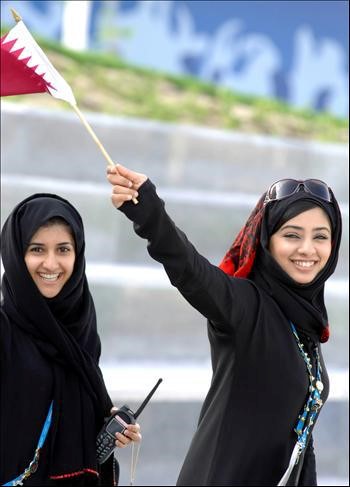
The F1 Qatar Grand Prix was held for the first time on 21 November as part of the 2021 championship and will join the calendar again in 2023 on a 10-year contract.
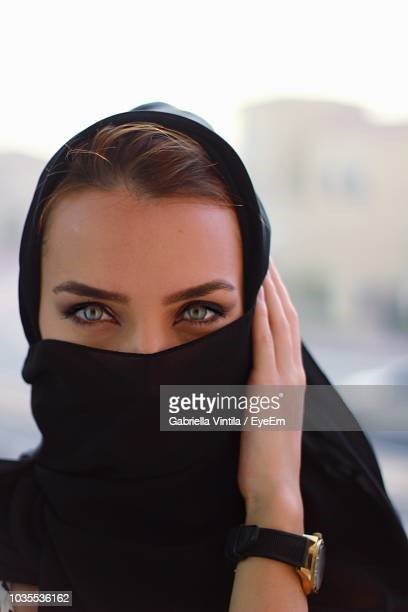
Portrait of woman covering face with headscarf. Photo taken in Doha, Qatar.
The race was held at the Losail International Circuit, before moving to a new purpose-built circuit in 2023. The race established the fourth full night race on the Formula One calendar.

The 2021 Formula One season was initially planned over 23 races. The opening round of the season, the Australian Grand Prix, was initially postponed, due to COVID-19 restrictions in the country, before being cancelled.

The cancellation of the Australian Grand Prix occurred late during the season and left a vacancy in the calendar and the inaugural Qatar Grand Prix was announced as its replacement in October 2021.
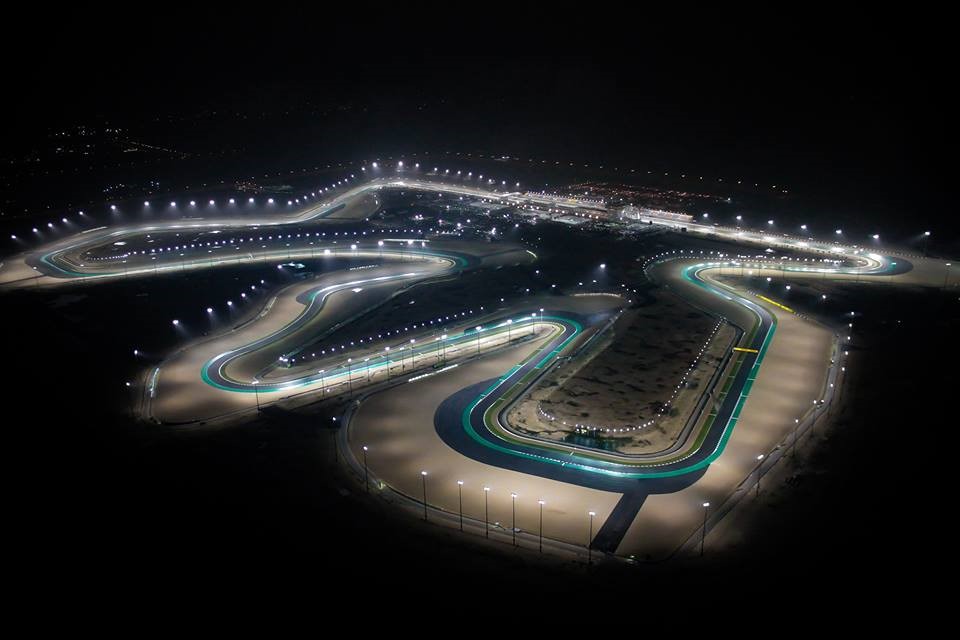
Losail International Circuit is a circuit located just outside in the town of Lusail, north of Doha.
Built in just under a year by 1.000 workers at the cost of US$ 58 million, the track opened in 2004 to the inaugural 2004 Qatar motorcycle Grand Prix, won by Sete Gibernau.
The track is 5.380 kilometers (3.343 mi) in length, with a main straight of 1.068 meters (3.504 ft). It is surrounded by artificial grass to stop the sand encroaching on the track.
In 2007, Losail added permanent outdoor lighting for night races. At the time, the lighting of the Losail Circuit was the largest permanent venue sports lighting project in the world, a distinction that now belongs to another Persian Gulf motorsport venue, Yas Marina Circuit in Abu Dhabi. The first night race in MotoGP history was the 2008 Qatar motorcycle Grand Prix in March 2008.
The official lap record for the current circuit layout is 1:23.196, set by Max Verstappen, driving for Red Bull Racing, in the 2021 Qatar Grand Prix.
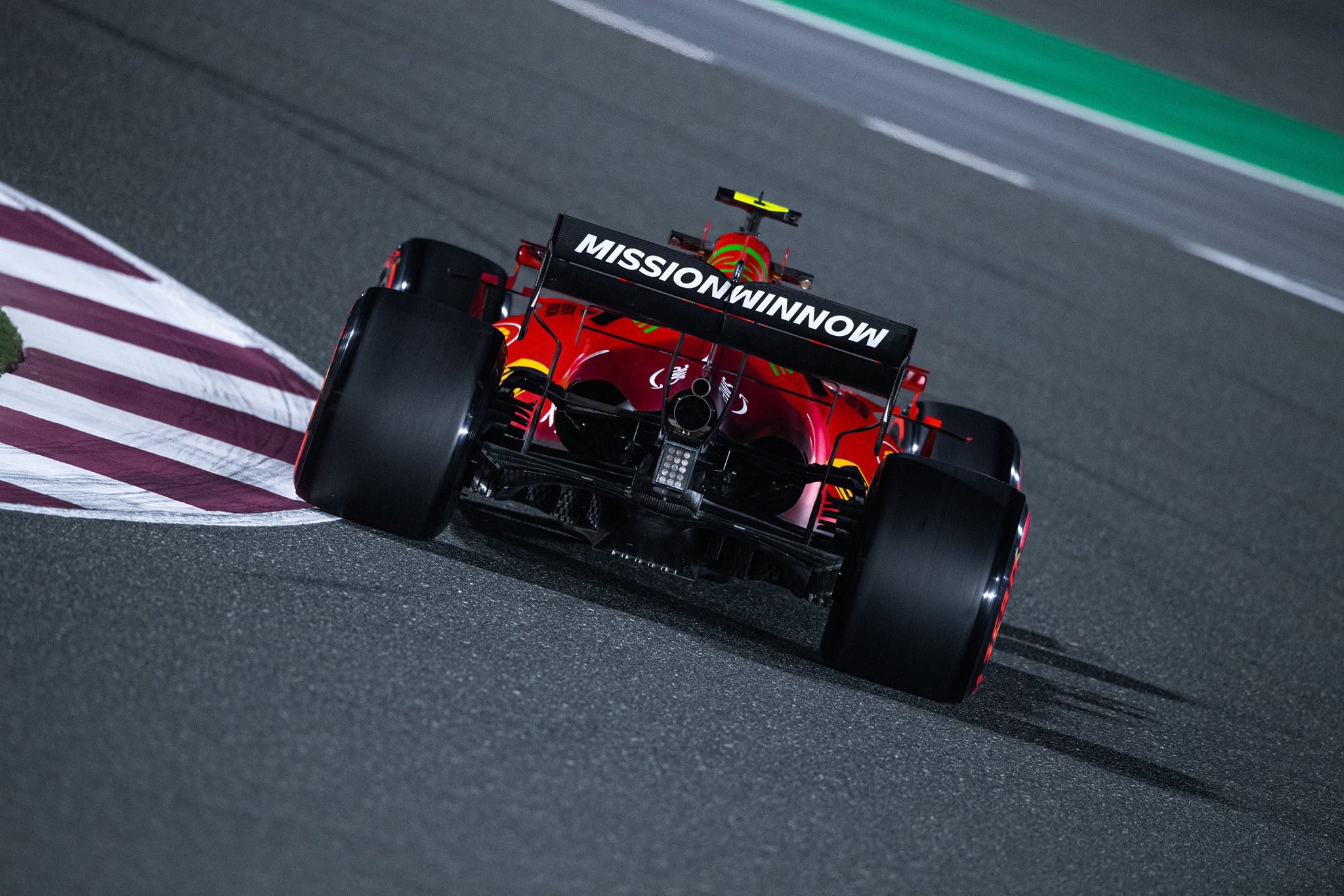
Ferrari, Qatar, 2021.
Designed primarily with motorcycle racing in mind, the 5.4-kilometer Losail International Circuit is a fast and flowing track, where medium and high-speed corners predominate. Over one kilometers of the track’s total length is made up of the main straight, which provides plenty of overtaking opportunities into turn 1.
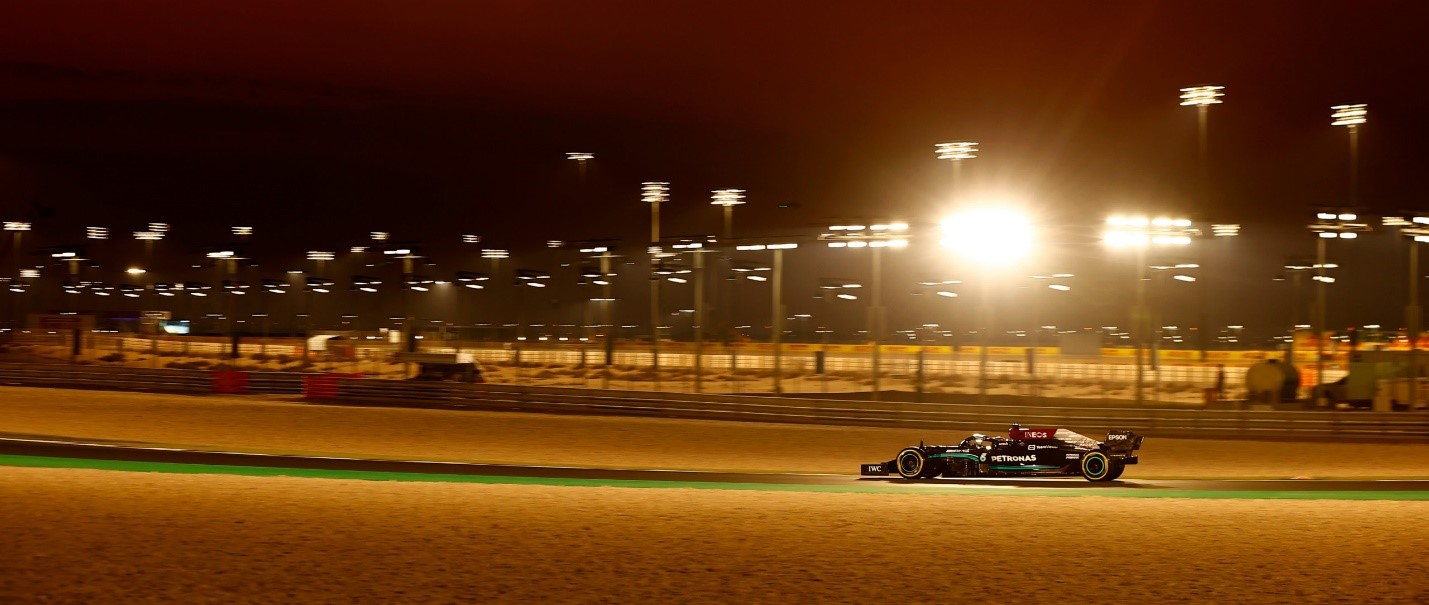
Valtteri Bottas, Mercedes, goes quickest in Qatar in 2021.
If you live in the northern hemisphere and the thought of escaping colder climes in November appeals, you’ll be well catered for in Qatar, with average temperatures around 28 degrees Celsius at that time of year. Unsurprisingly, with that kind of weather, Qatar is a great country for outdoor pursuits, be that karting at Losail itself, or trips into the desert to go sandboarding, camel riding and 4x4ing.

The best place to watch is the grandstand at the exit of turn 10. It gives fans the chance to watch the cars blasting through this dynamic section of the track, pitching right through the fast kink of turn 9 and into the turn 10 braking zone.

Happy Arabic girl. Credit: Stock Photo.
“It's been a lot of fun to drive, to be honest. I think it's a really cool track. (It’s) difficult to say for the race with these cars. Anyway, it's very tough to follow. I think over one lap anyway, it’s going to be good.” Max Verstappen in 2021

A Qatarian girl.
‘This is a new track, it felt okay to drive, quite nice and no real issues, but it's all high-speed corners so it’s quite physical.” Lewis Hamilton in 2021
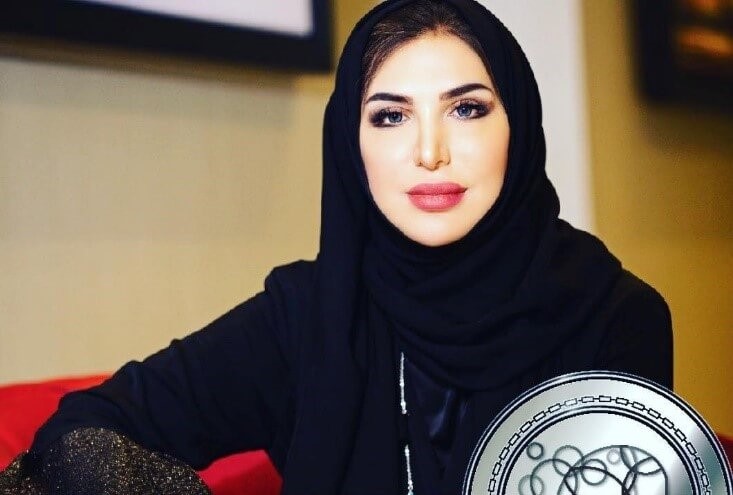
Dr. Buthaina Al Ansari is one of Qatar's leading businesswomen and a prominent figure in Qatar's business circle.
“I really like the track here at Losail. It is great. It’s always interesting to mix things up and see a new venue on the calendar. We put in a good number of laps across our two cars, getting to know the characteristics of the circuit and gathering as much data as possible. What will be key is balancing the first and last sectors, due to tyre overheating that is caused by the high temperatures here.” Charles Leclerc in 2021
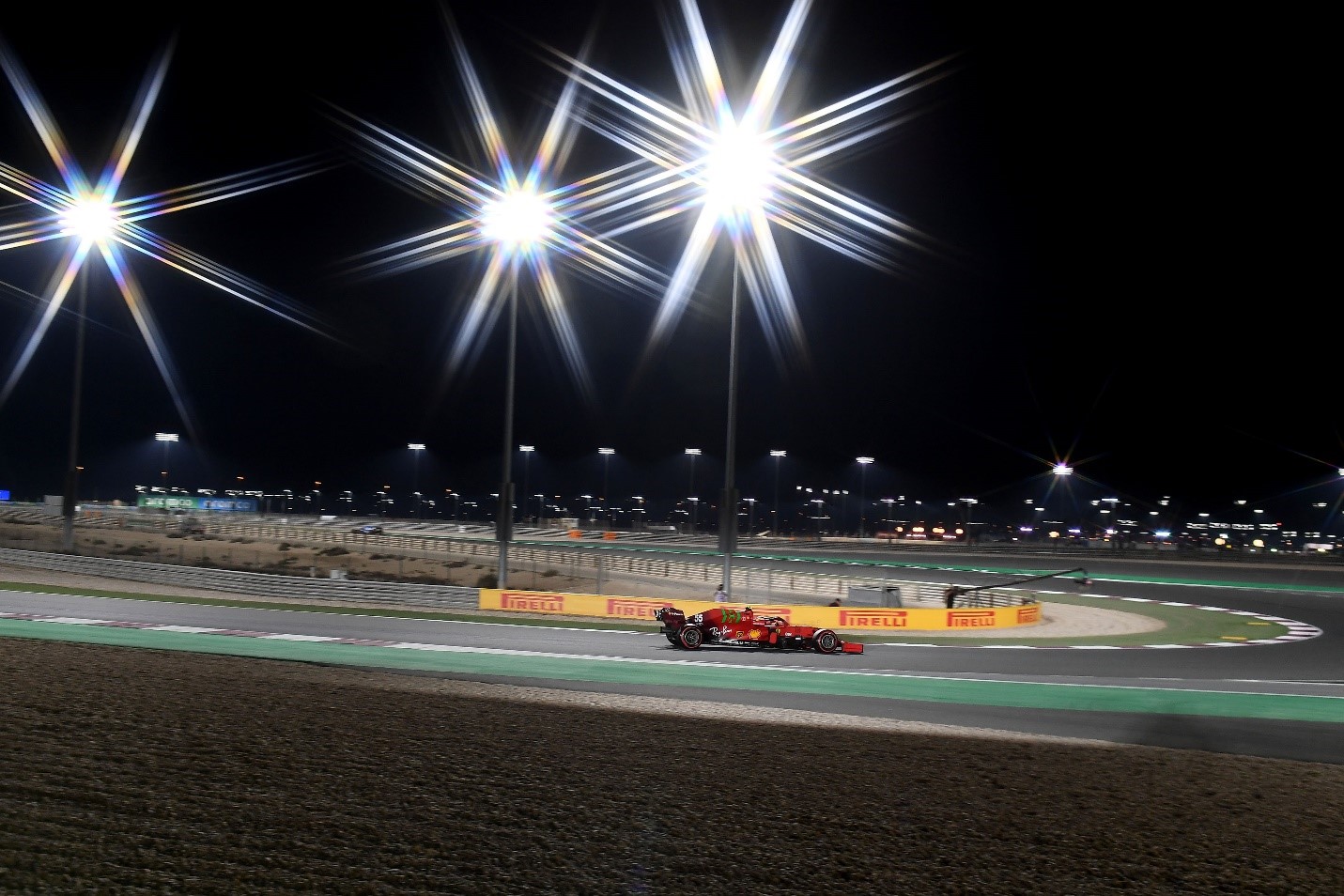
Carlos Sainz, Ferrari, at Losail International Circuit.
“The first day on an unknown track is always exciting and challenging as it’s obviously a completely new experience. To be honest, I think the track has surprised everyone with how fast it is and the speed we are doing around the corners. That translates into having to work harder on the set-ups we originally had in mind and having to adapt throughout the day.” Carlos Sainz in 2021

A Qatarian girl.
“This track’s fun. The initial impressions are that it’s good with it, being flowing and pretty fast.” Daniel Ricciardo in 2021
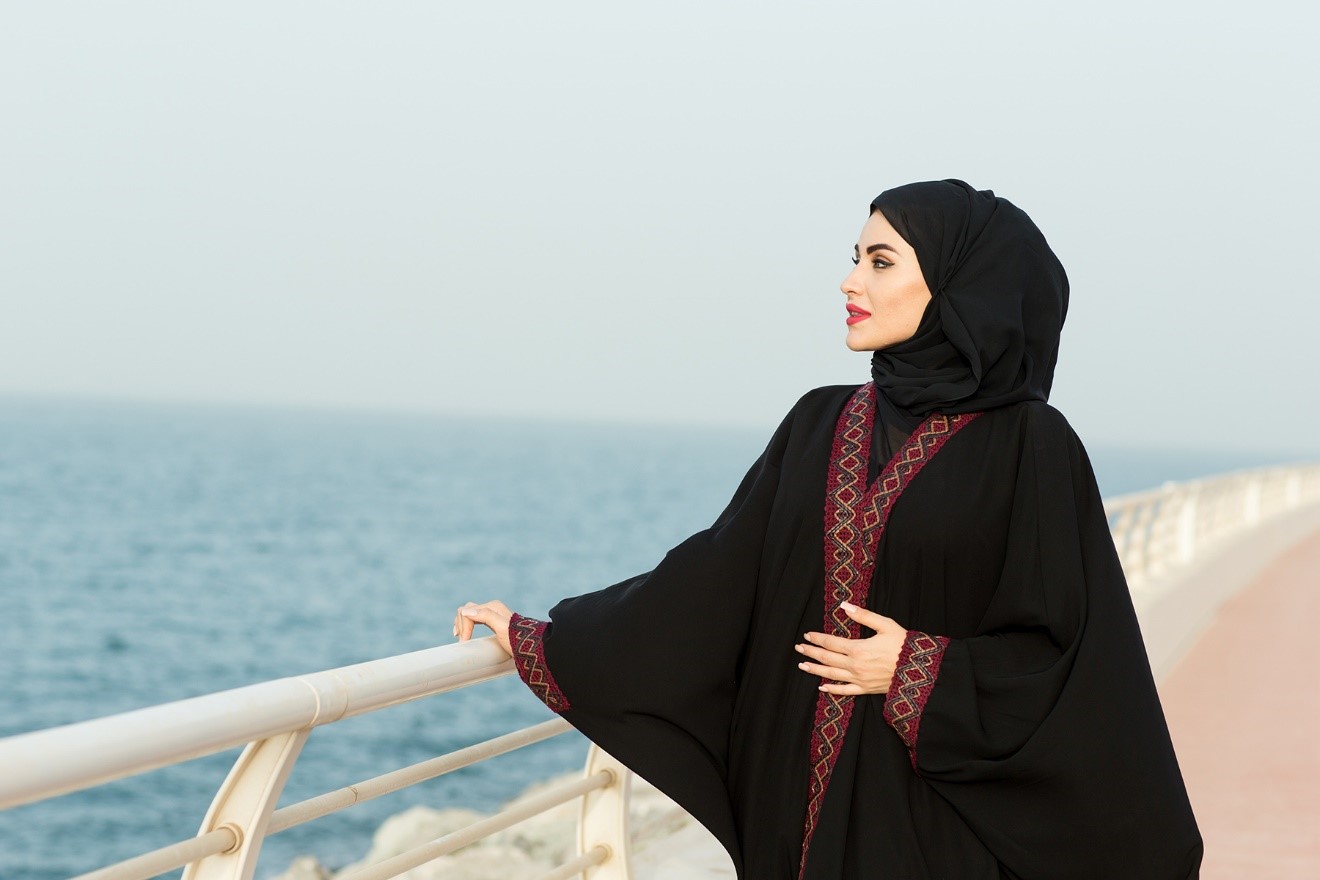
Qatari Arab woman wearing an abaya.
“I think it’s the fastest circuit I can remember visiting this year in terms of almost no slow corners here, which definitely makes it an interesting challenge. The surface is very smooth - which makes it an enjoyable experience - and this track is all about what Formula 1 cars bring.” Nikita Mazepin
Videos
Abu Dhabi
Saudi Arabia
Bahrain
Qatar



Comments
Authorize to comment